Documentary Family Photography | why are so many people ditching traditional portraits and going 'documentary'?
I’ll spare you a visit to Wikipedia.com, which defines documentary photography as “a form of photography used to chronicle events or environments both significant and relevant to history and historical events as well as everyday”.
As well as the everyday – that is where documentary family photography comes in.
Documentary photography documents that which is taking place, without altering it and without orchestrating events.
In documentary family photography, this means no posing. It means the photographer won’t ask you to look at the camera and smile, or to stand here or there because the light is better. It means he won’t arrange the scene, or move objects, or open curtains. Why? Because the aim of documentary family photography is chiefly to document a life. Your life.
It means, quite simply, that if the photographer is skilled at what she does, she will capture the moments exactly as they unfold, and extract the beauty from them regardless of the available light. Sometimes this will mean grainy or ‘noisy’ photos, if the light is low. Sometimes it will mean that children’s faces are smeared with yogurt, if they’ve just finished a snack. Sometimes it will mean that tantrums and tears are captured just as often as smiles and laughs and joys, if it’s one of those days…
Why?
Because that is life. The majority of the moments in your life, or mine, are not glamorous in a conventional sense. Yet they can still be stunning.
Why are people beginning to seek out documentary family photographers for their annual family photos? Why do people choose to invest in photographs that tell of reality, rather than offer an escape from it, airbrushing and all?
Well, to me it is really no contest. When it comes to meaning and longevity, documentary photographs win hands down.
(DISCLOSURE: I am predominantly a documentary photographer, so I’m a bit biased.)
Many (in fact, a majority) of the most famous photographs of all time are documentary photographs. For instance, Dorothea Lange’s photograph titled, Migrant Mother (1936), of a mother and her children during the great depression; or Nick Ut’s ‘Terror of War’ (1972) photograph depicting terrified children running from a napalm strike.
Documentary photographs do not need to tell only of war and strife (they do so, only because war and strife are unfortunately still part of the human condition). They can also be uplifting, inspiring, happy. Take a look at Alfred Eisenstaedt’s photograph of a drum major at Michigan University leading a march of children (1950), which some have dubbed ‘the happiest photograph of all time’.
Other photographs have fought for this honour, including Hancheng Li’s photograph of a Mongolian girl and a camel sharing some laughs.
So, documentary photographs are capable of perfectly capturing the entire gamut of human experience, from the very negative to the very positive. They are appealing because they tell a story.
Moreover, they serve numerous functions at the core of family photography.
For instance, we take photographs to preserve family memories. To give evidence of people in specific places and times in their lives. To remind us of loved ones, living or gone. I would make the case that documentary family photography has a better chance at fulfilling these many functions than traditional portraiture.
A newer function that has emerged with globalization and the rise of social media, feeds our desire to share our photographs with others. Some people prefer to share only with a few friends and family in private albums. Some people post their photographs for the world to see. Some people are in between.
I’d argue that even here, documentary photography serves this function if not better than traditional portraiture, then at least equally well.
Insofar as social media exacerbates social isolation because of feelings of inadequacy (think of all those ‘perfect’ people, places, lives), documentary photographs offer a way forward. They offer honesty. They tell a story of each person and each family just as they are, in all that makes them human, flawed, relatable.
The people in the photographs are less ‘perfect’, if perfection has come to mean smooth skin and flawless smiles. And yet the depictions are more perfect because they celebrate the human condition, and human character exactly as it is, without finding and correcting perceived ‘flaws’.
Documentary photography offers a way out of the trap of smoothing phone filters and pouty lips.
Take a look at this brilliant marketing campaign by Quaker Canada, which allows the viewer to explore a kitchen moment between mother and daughter that on first glance is perfect, but on second glance… is real.
Some clients I photograph remark that they normally do not like the way they appear in candid photographs. It is a common feeling, I think. It is probably because we have no control over how our faces appear when we don’t carefully plan the shot. That’s why selfies are so popular.
What we often forget, though, is that the people around us already know us. They already see us for who we are, they see all those ‘unsightly’ angles of our faces that we might try to hide when we take selfies, and all those moments in between the smiles. They see more of us than we see of ourselves.
And they already love us. Just the way that we are.
So, in addition to all the functions I’ve listed above, I have come to think of documentary photographs as a kind of therapy for people who are still coming to terms with the way they appear. It is a chance to view yourself just as the world sees you. And to begin to accept yourself. To just go with it, without thinking about the things you cannot change. To embrace your messy house and unbrushed hair, and the food smeared on your children’s faces. To focus, rather, on the human touch, the connection, the shared smiles and hugs, and even on the conflicts. To see yourself as this imperfect but powerful force in your life, a force that works tirelessly to provide for those around you, to wipe up the messes and the tears and tickle out the laughs.
Give yourself some credit, because you owe yourself that much: you are so worth it, and for reasons that have nothing to do with the smoothness of your skin.
In summation, it is my contention that documentary photographs are good for the soul.
They are good for the people in them, good for the community, good for the world.
They preserve meaningful and context-rich moments, they demonstrate that everyone experiences struggles and everyone experiences joys. They show the world that a tender moment between parent and child is at least as important and worthy of attention as a tucked out chin and contrived smile.
And now, some photographs I have taken of a family that I have been following and photographing for a year, as part of my ‘Year in the Life’ package. This family, and every family I photograph, is just like yours: unique and human, flawed yet perfect. (This family is also awesome because they booked my 'Year in the Life' package.)
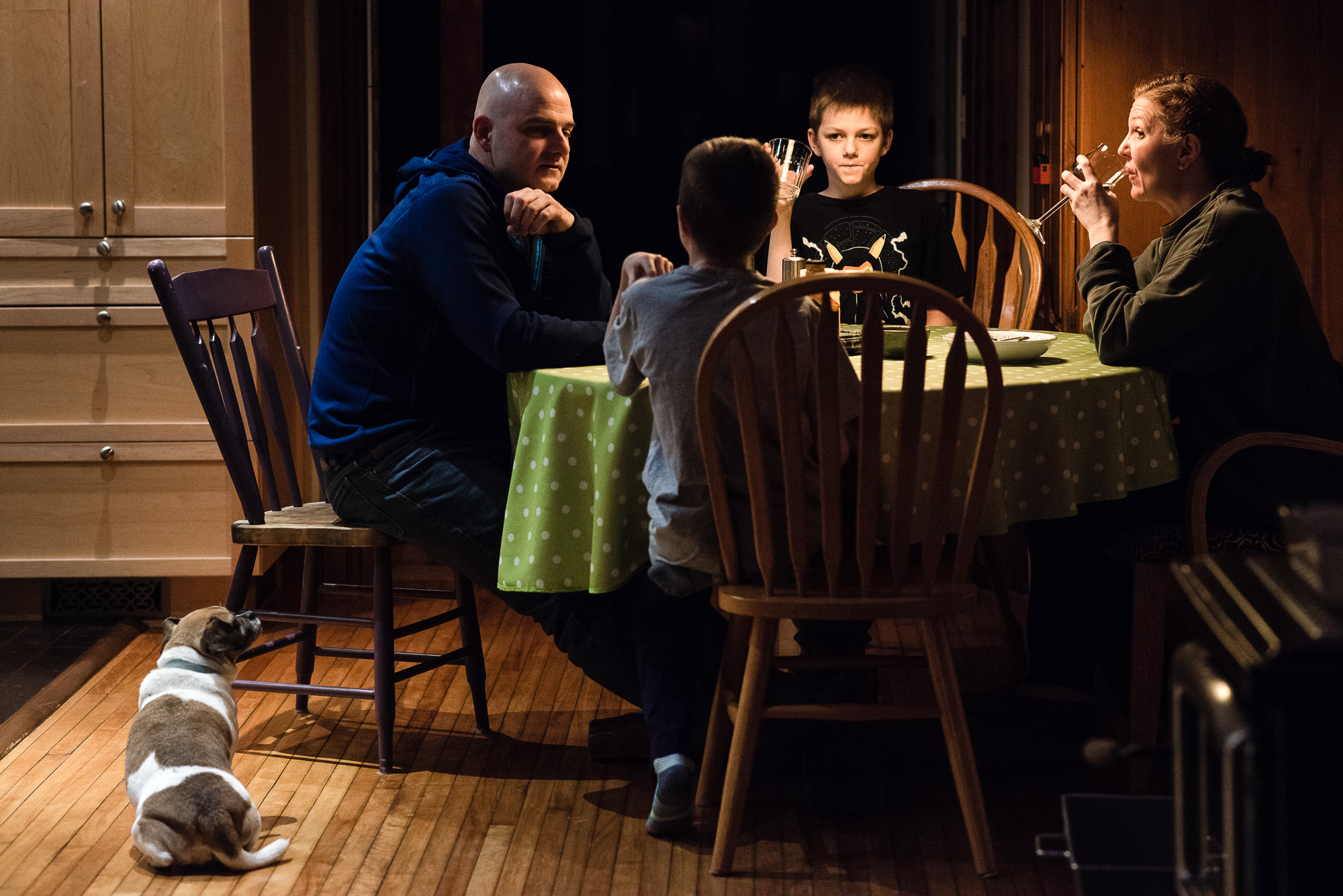
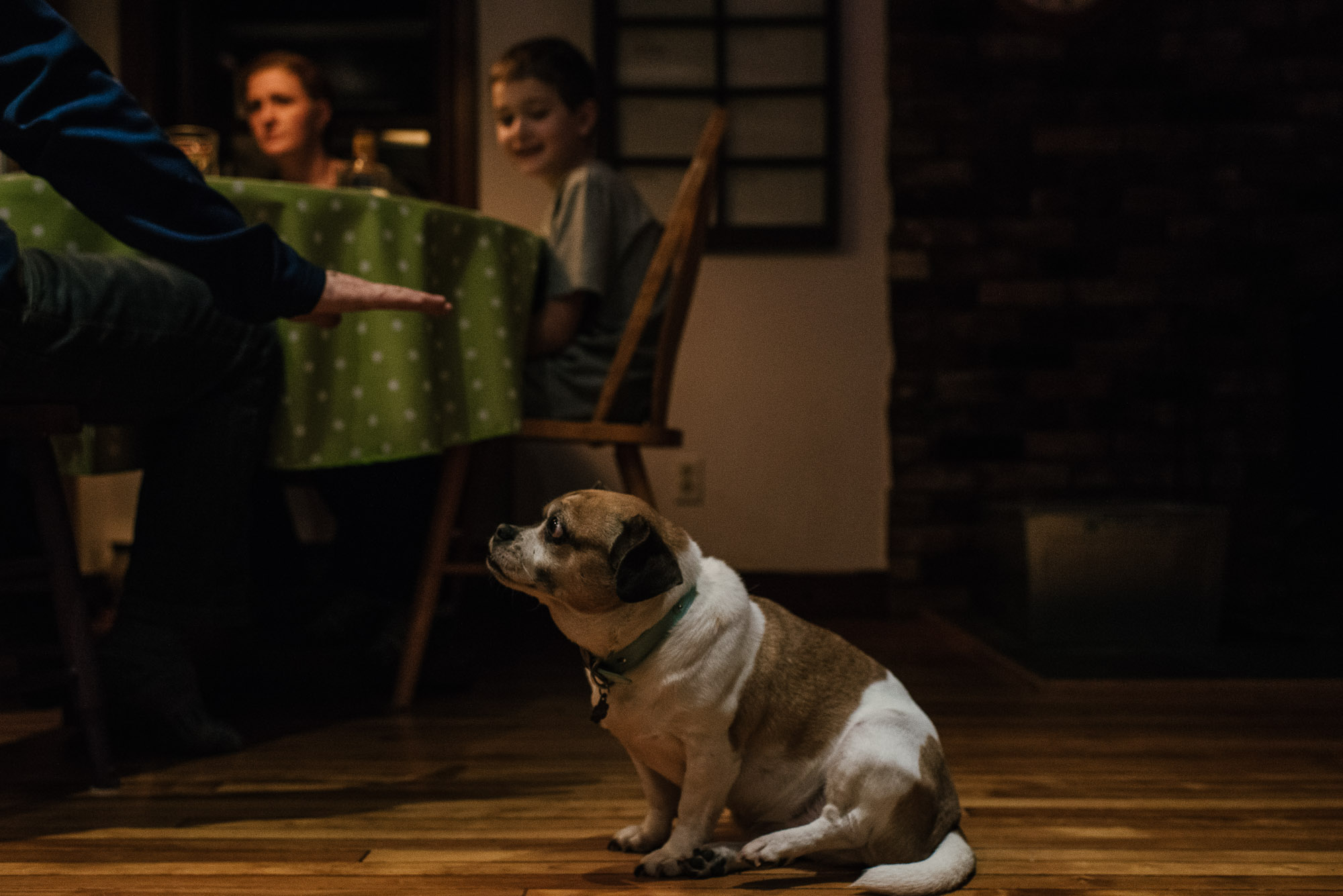
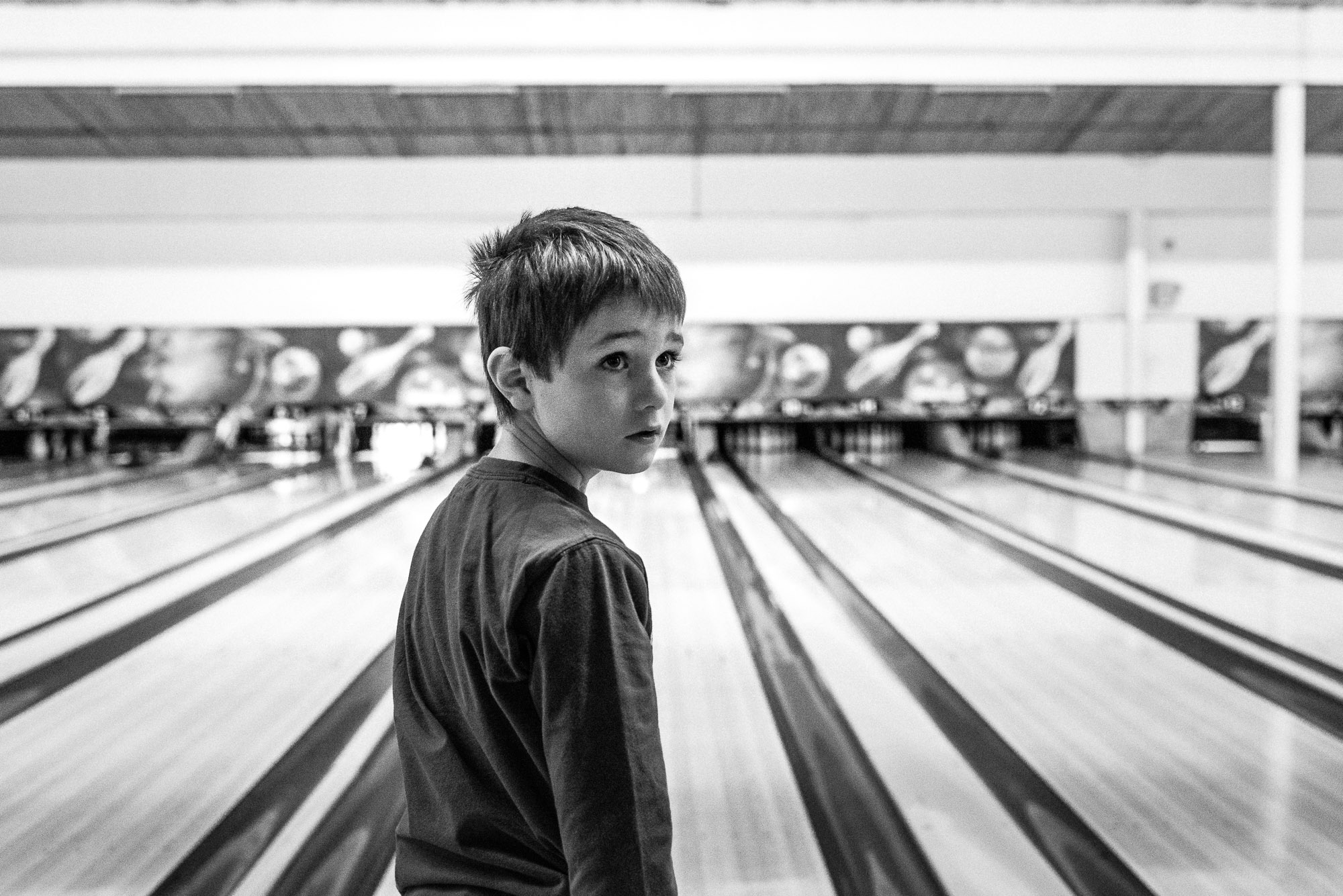
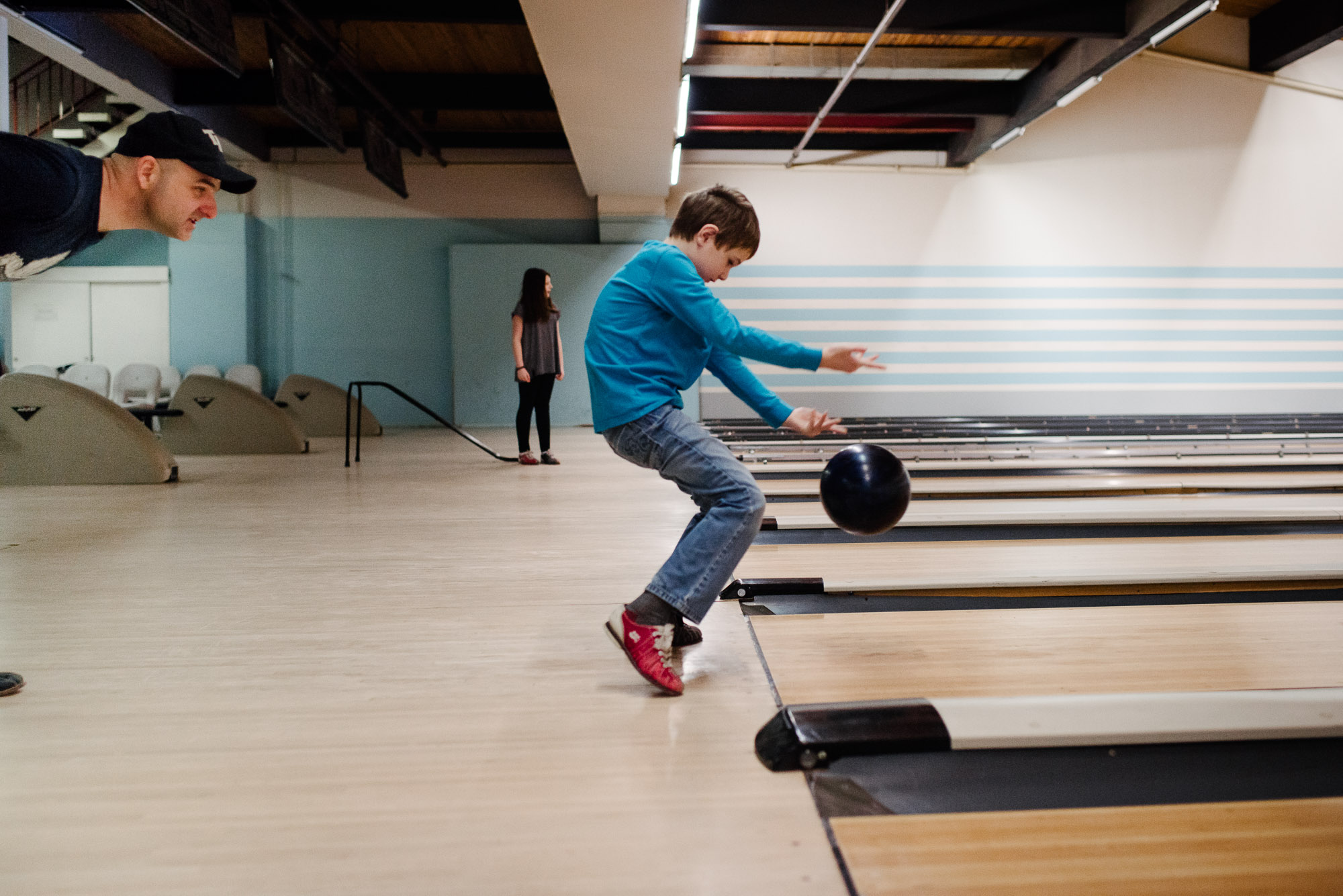
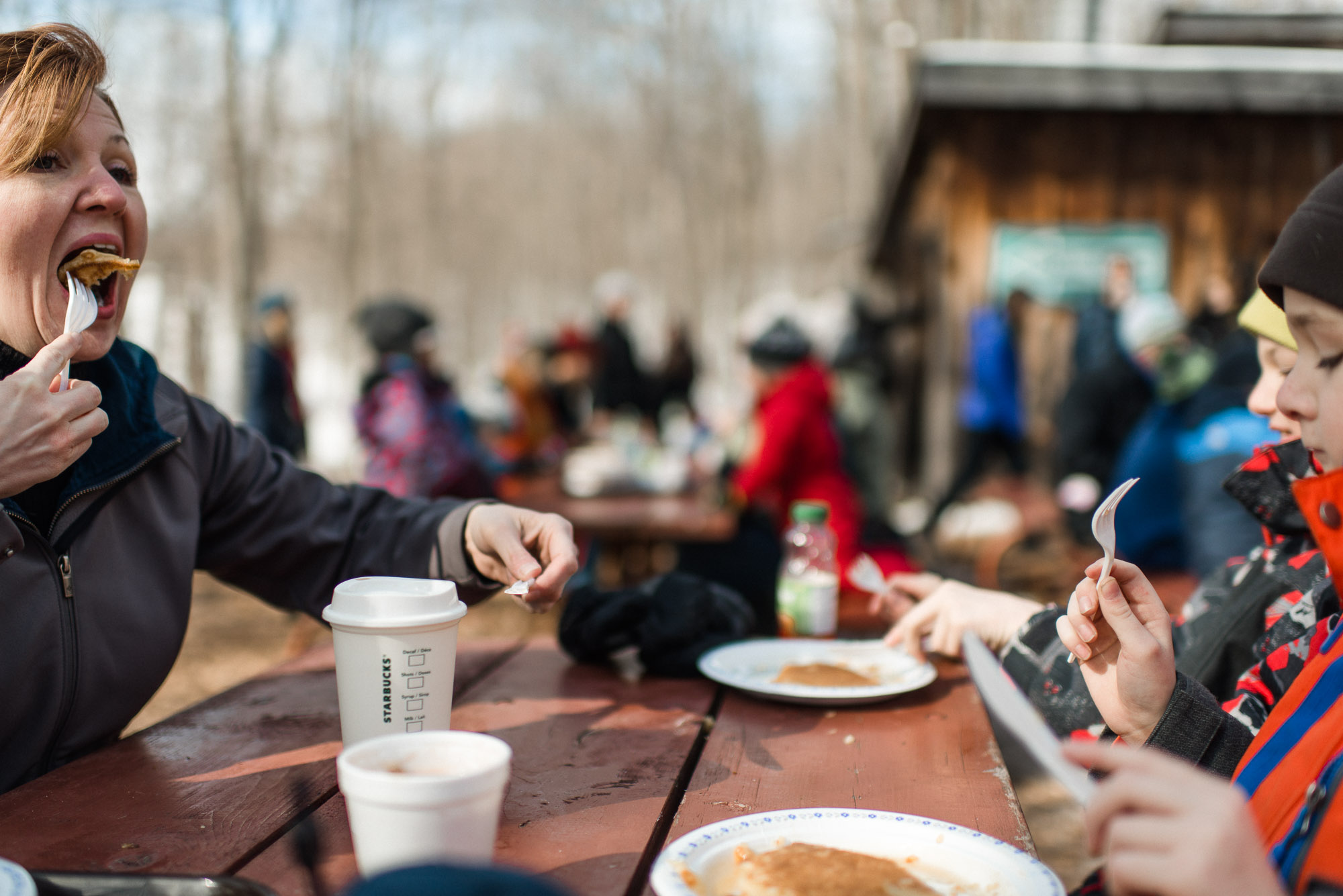

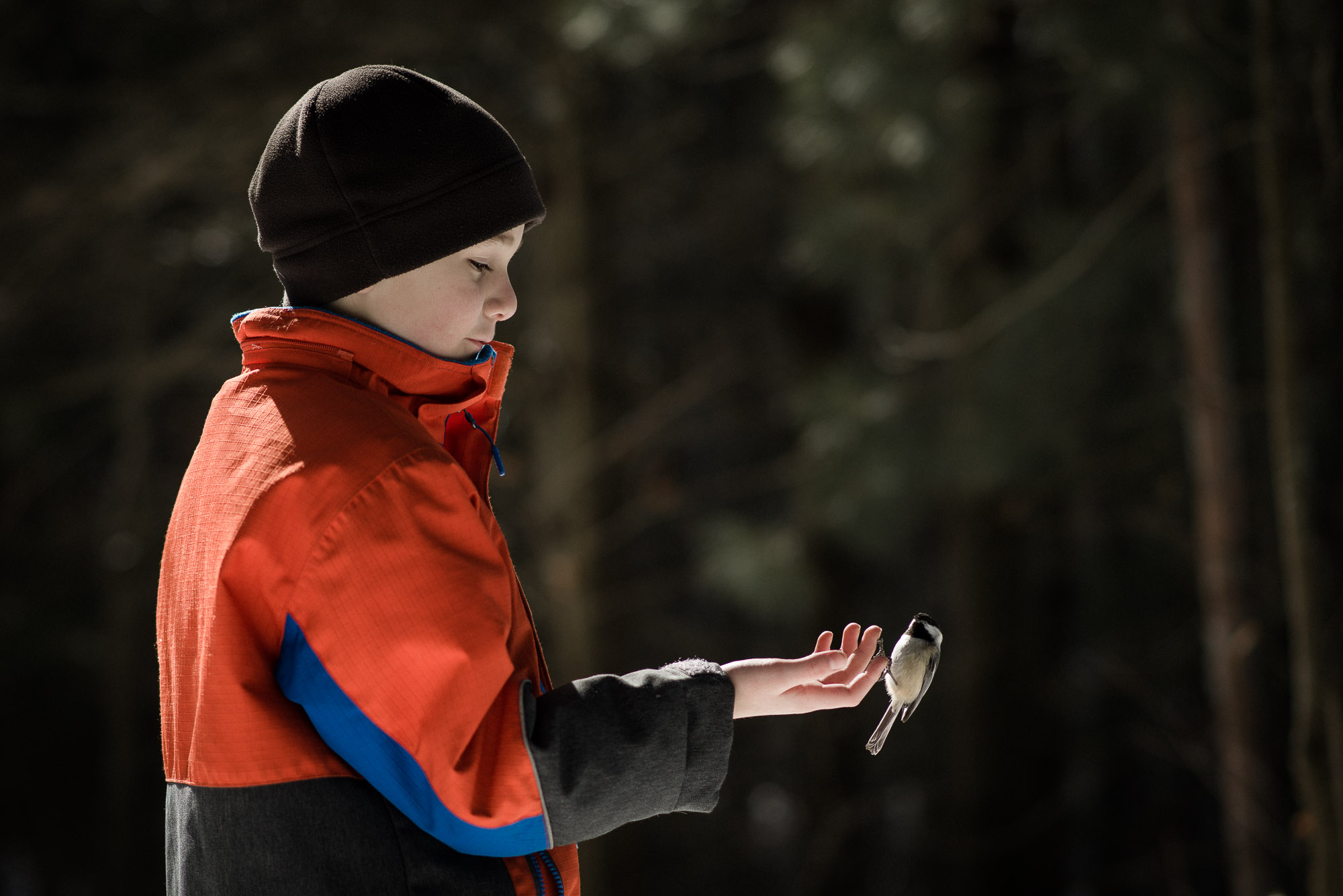
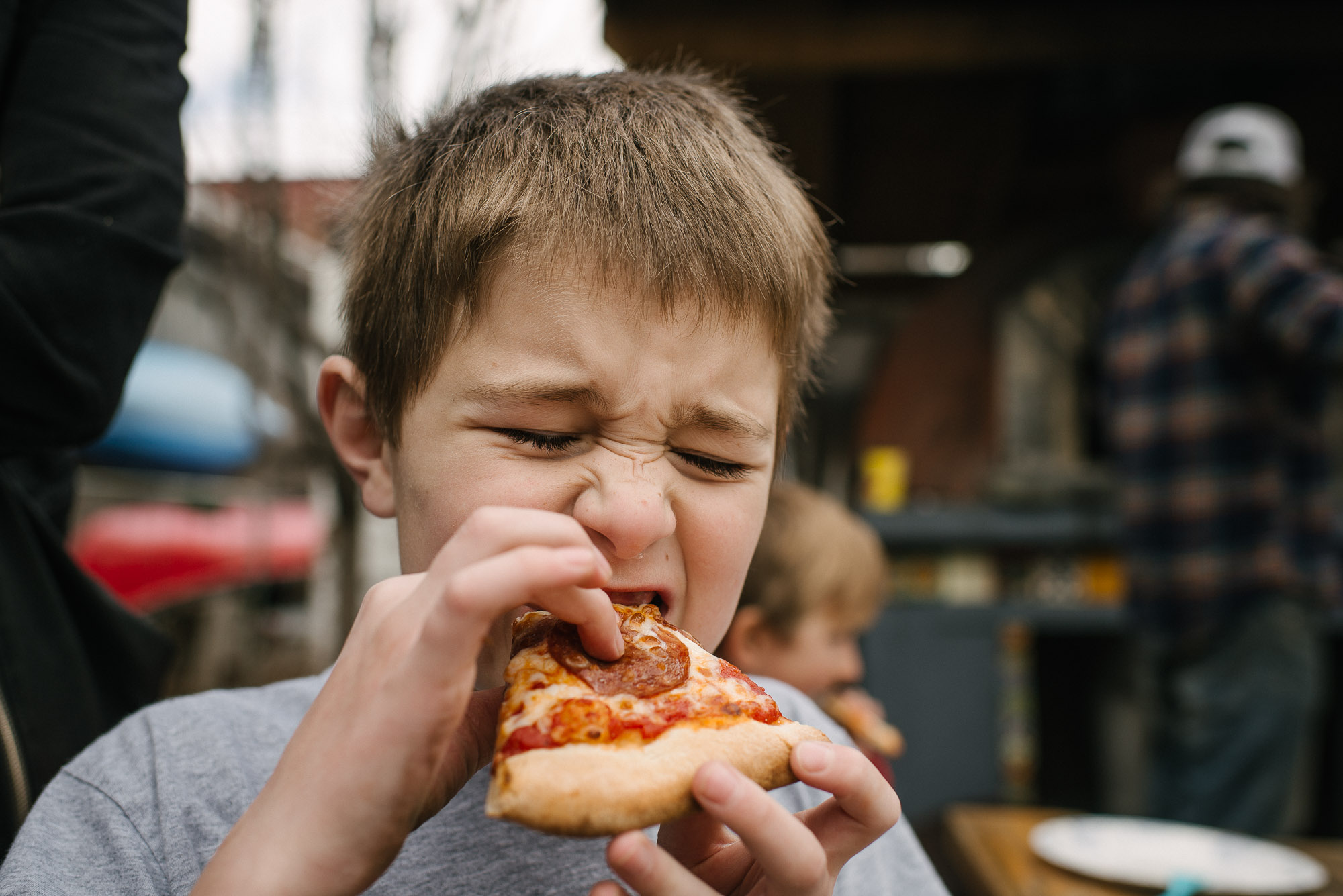
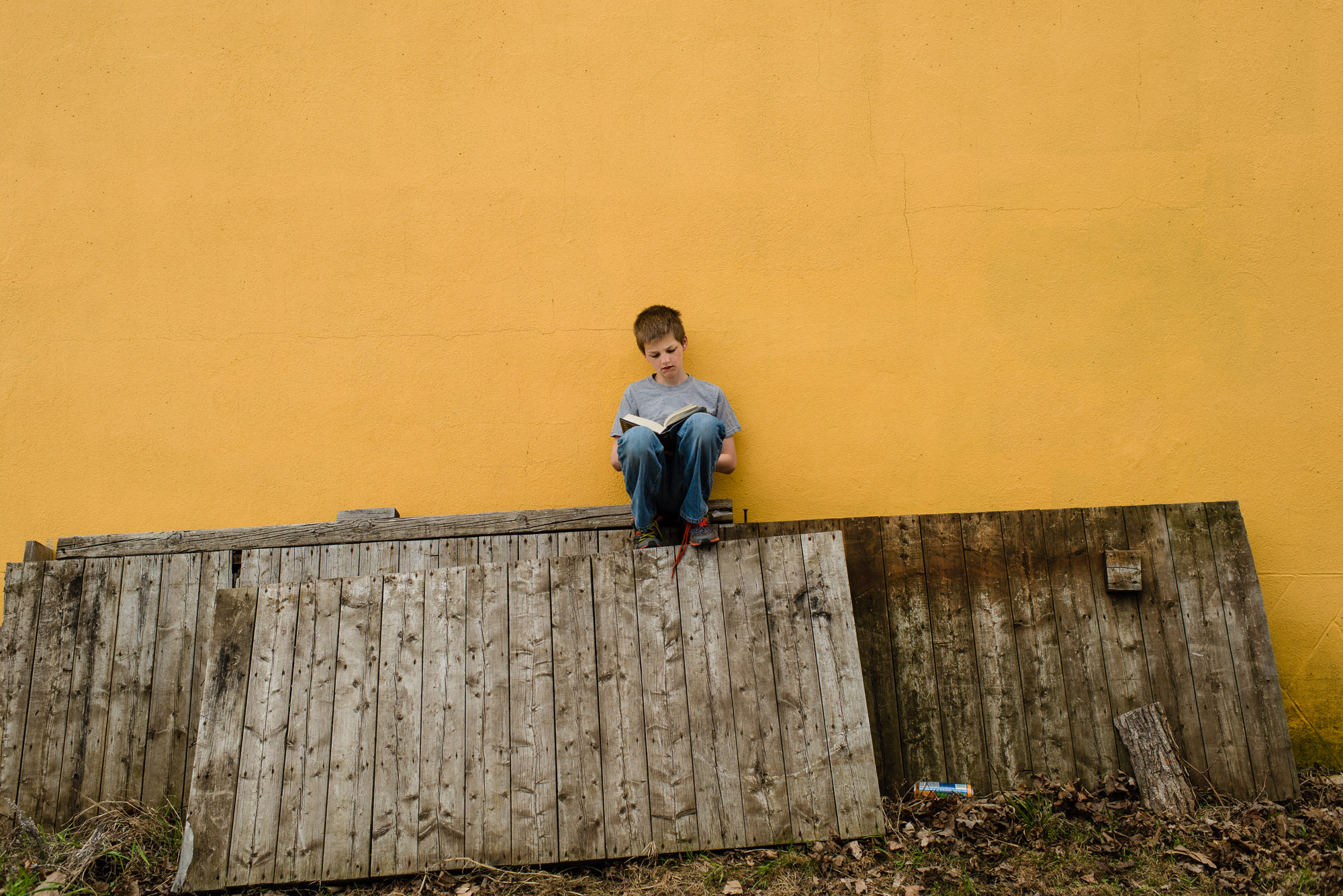
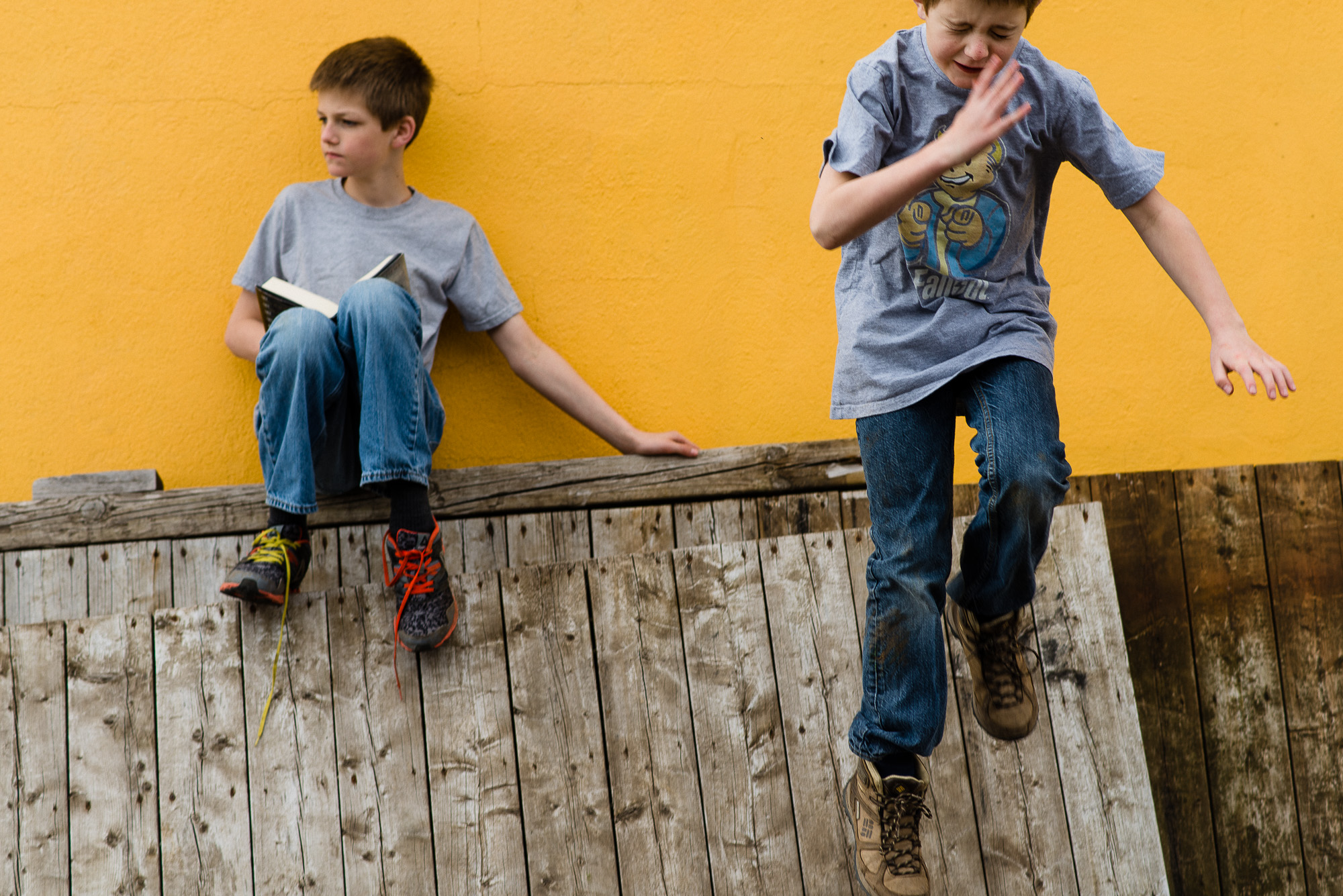
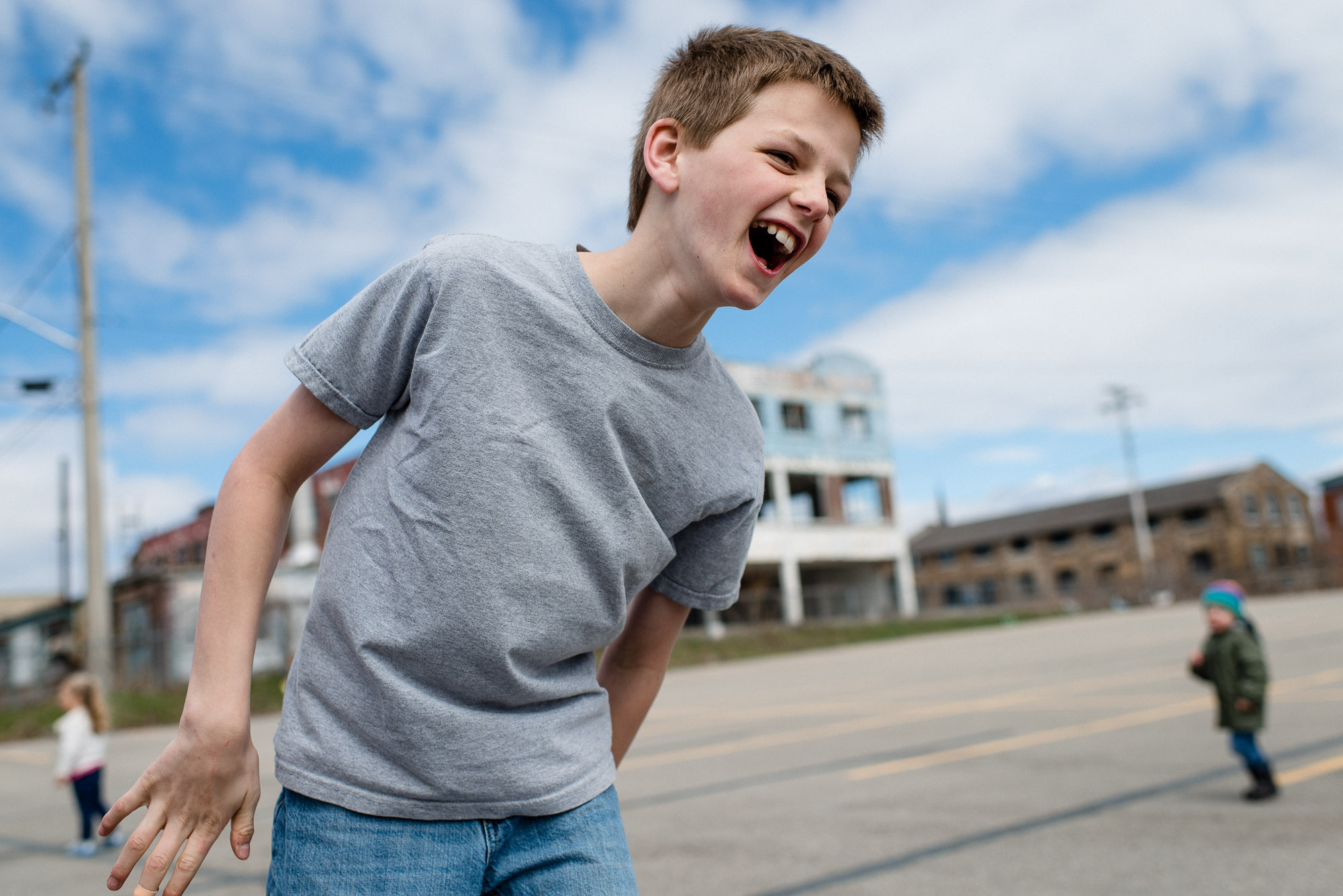


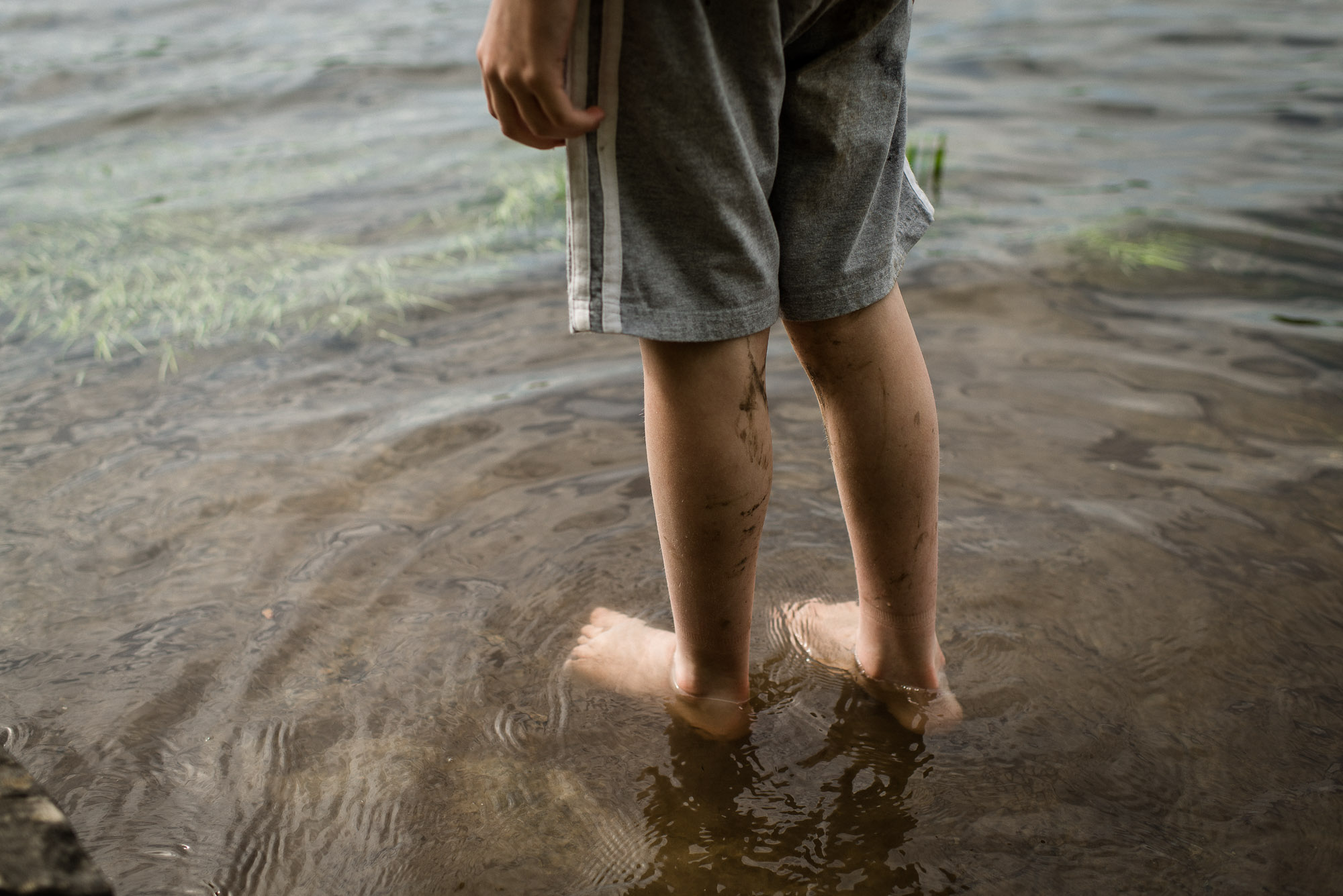


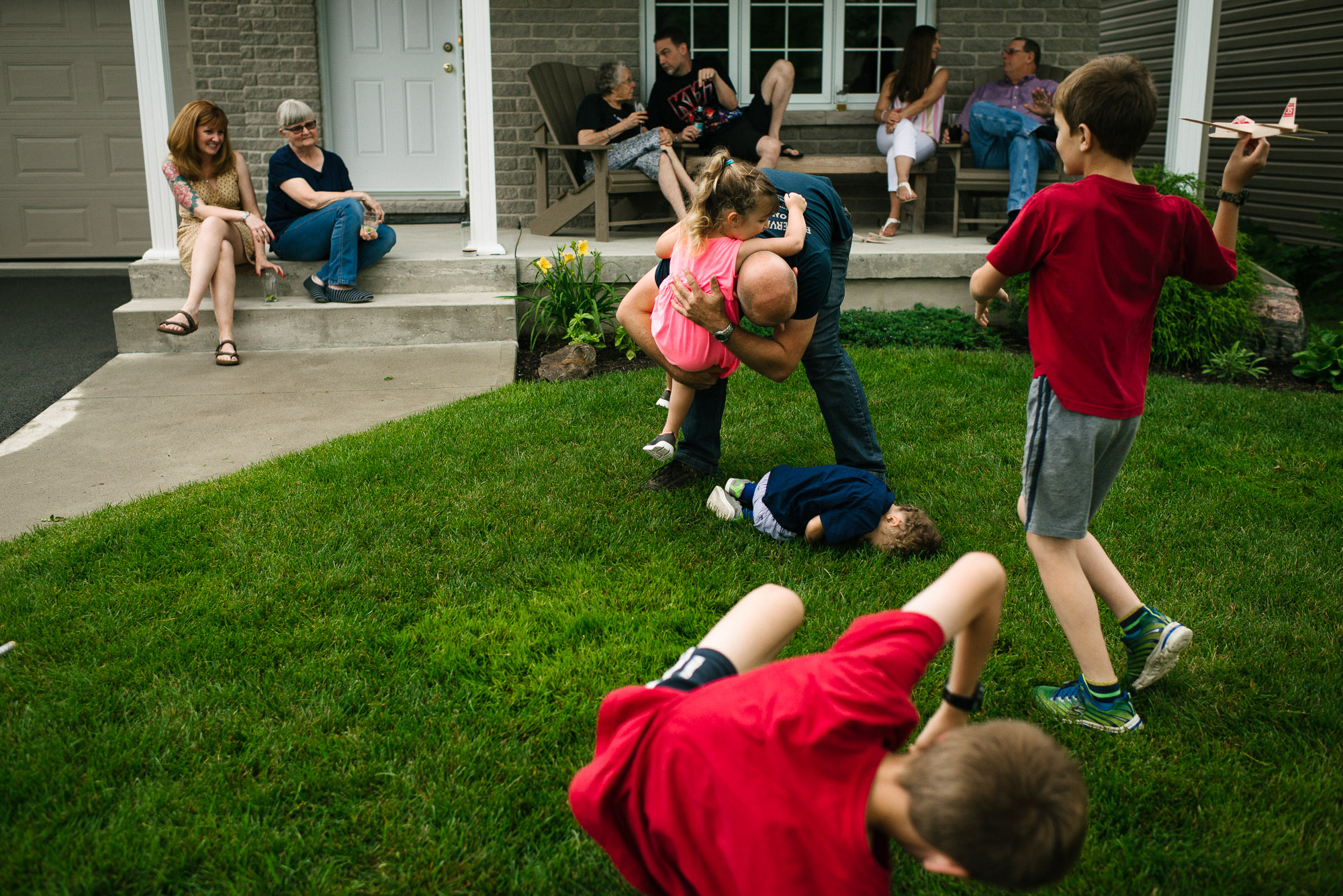
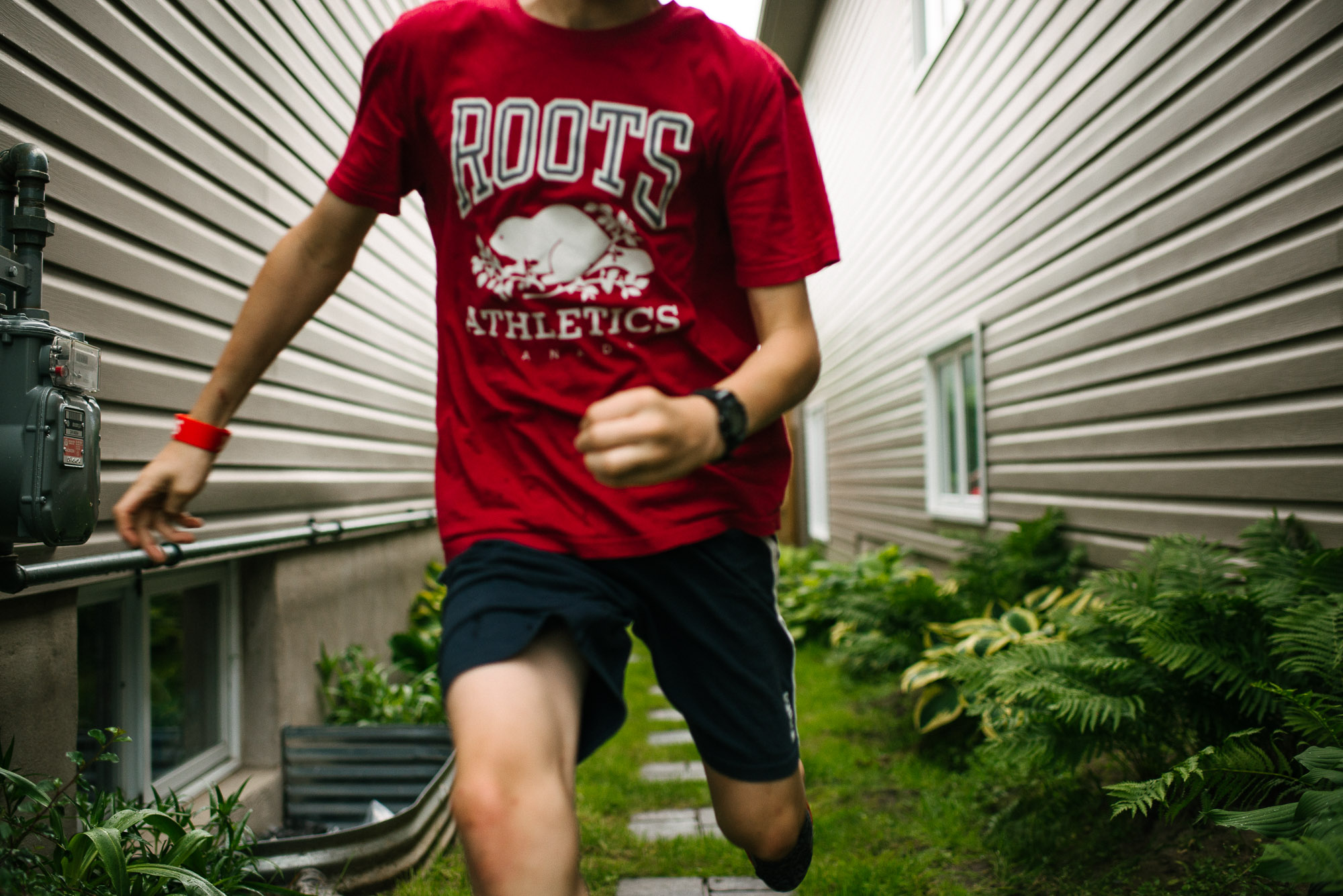
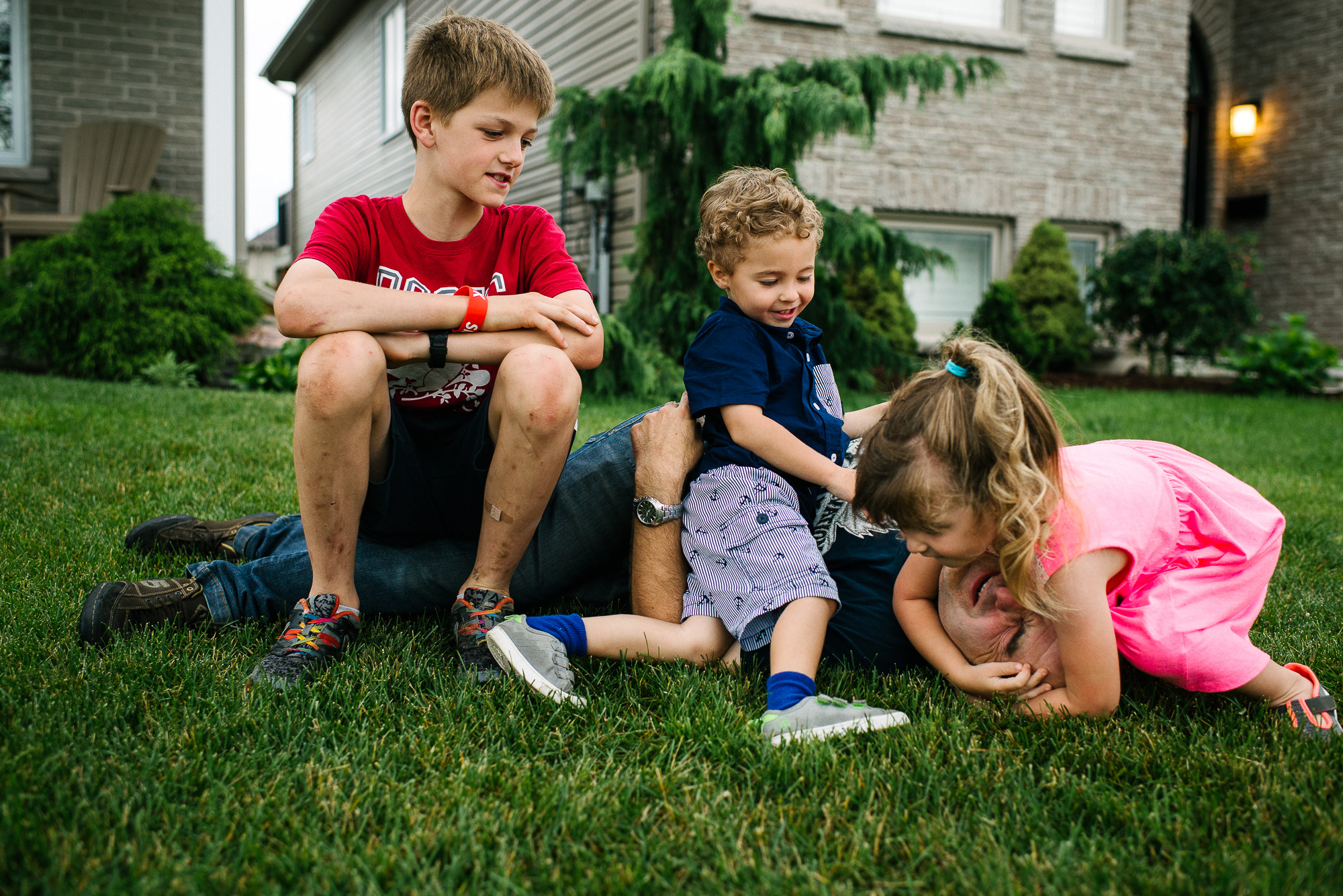
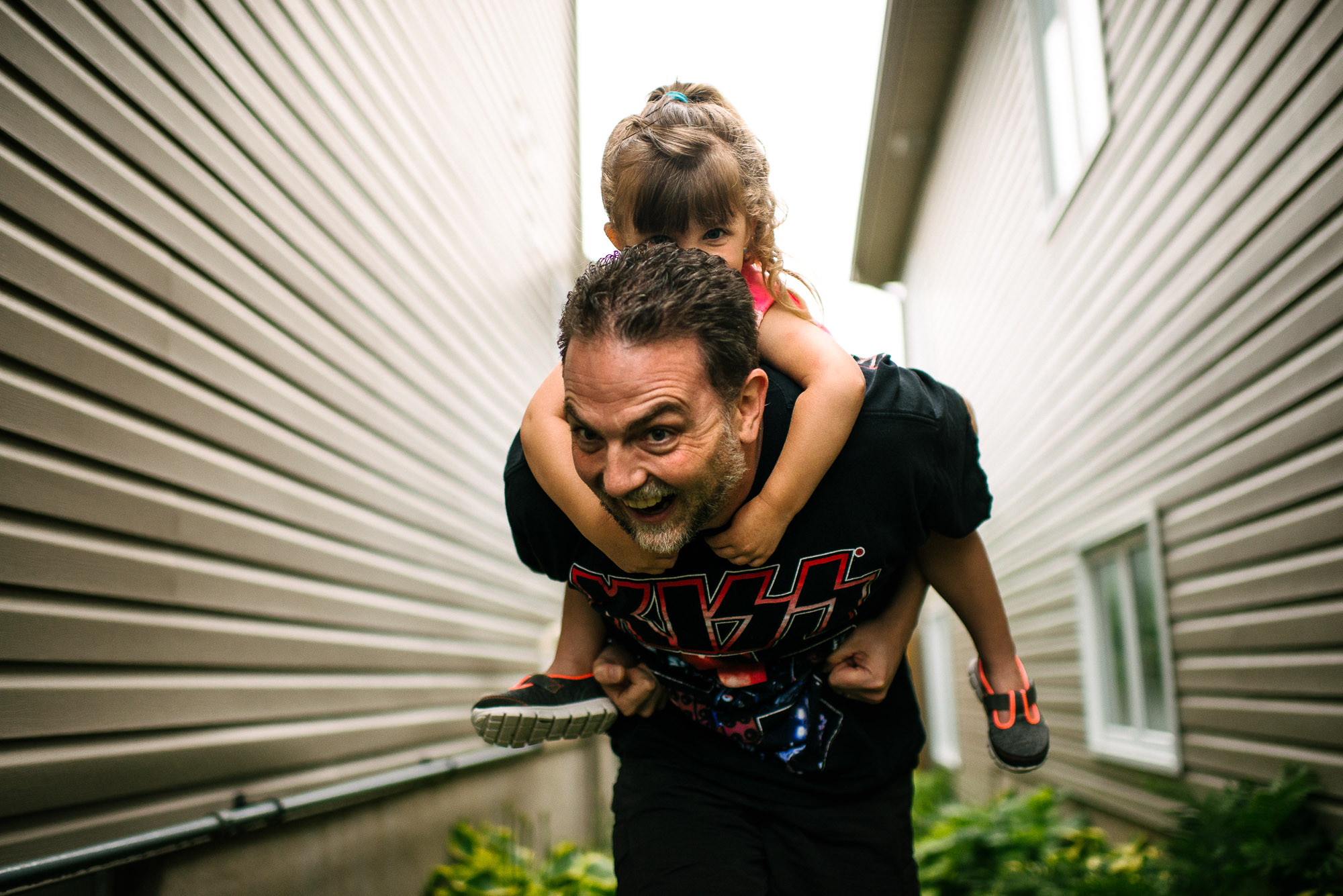
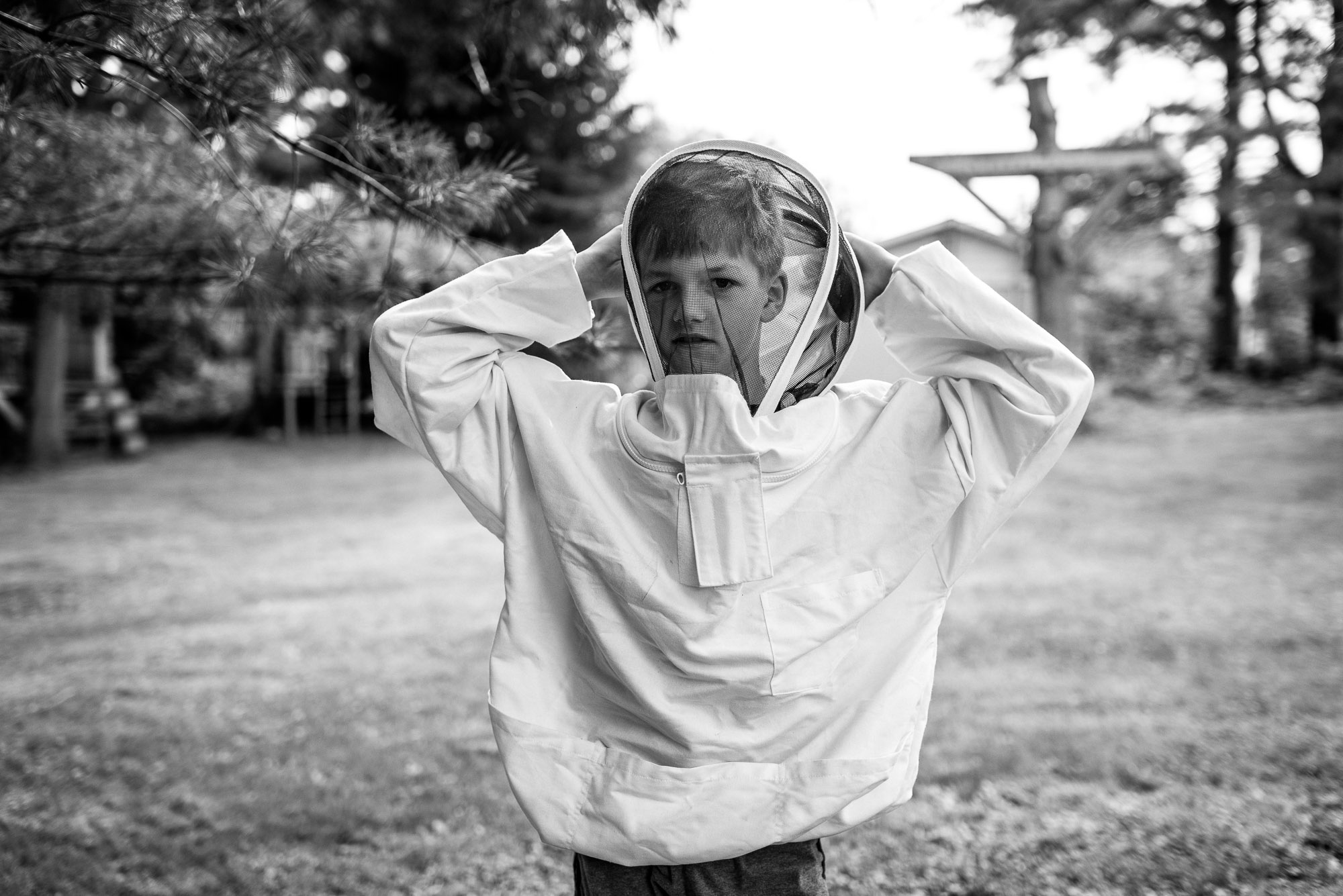
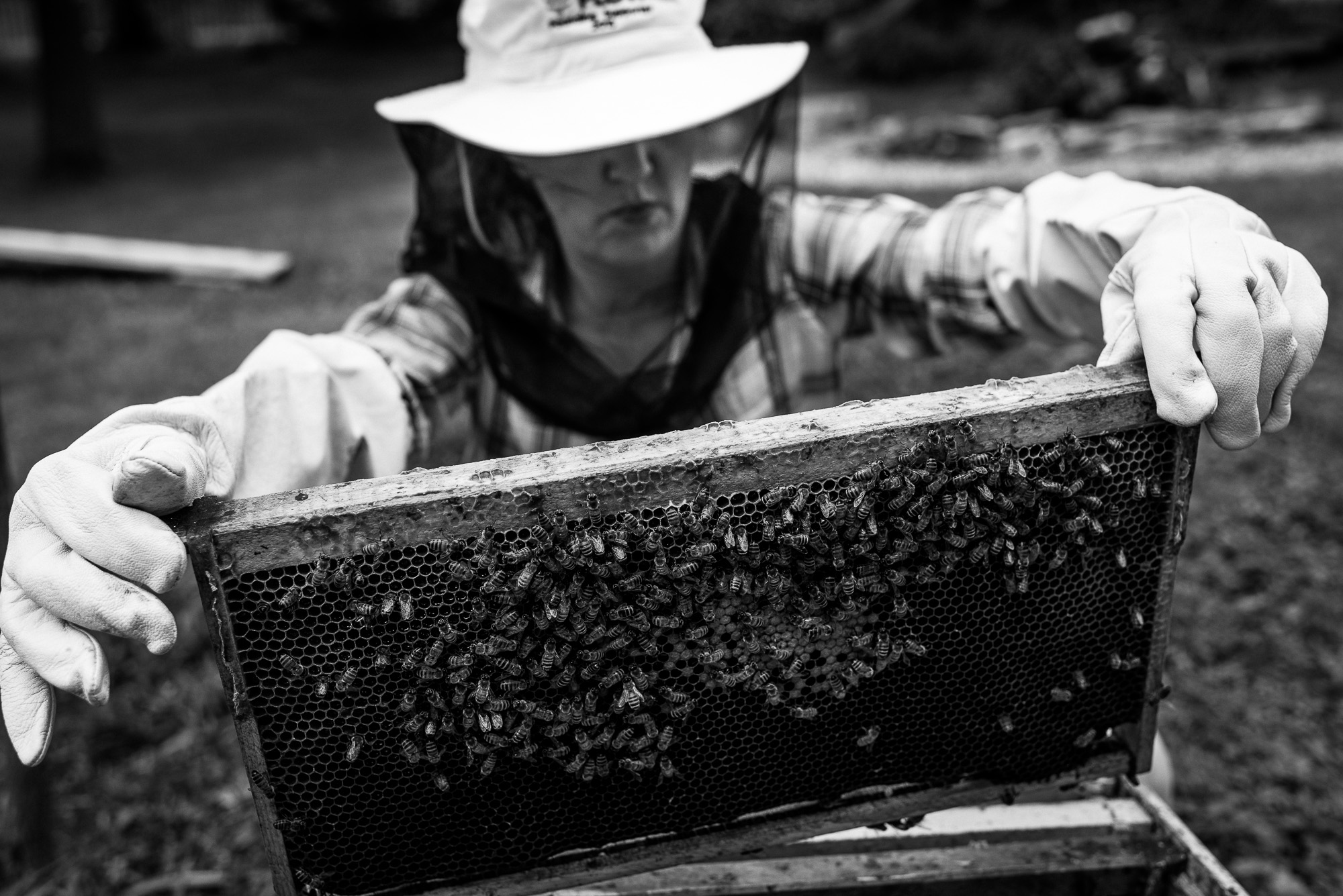

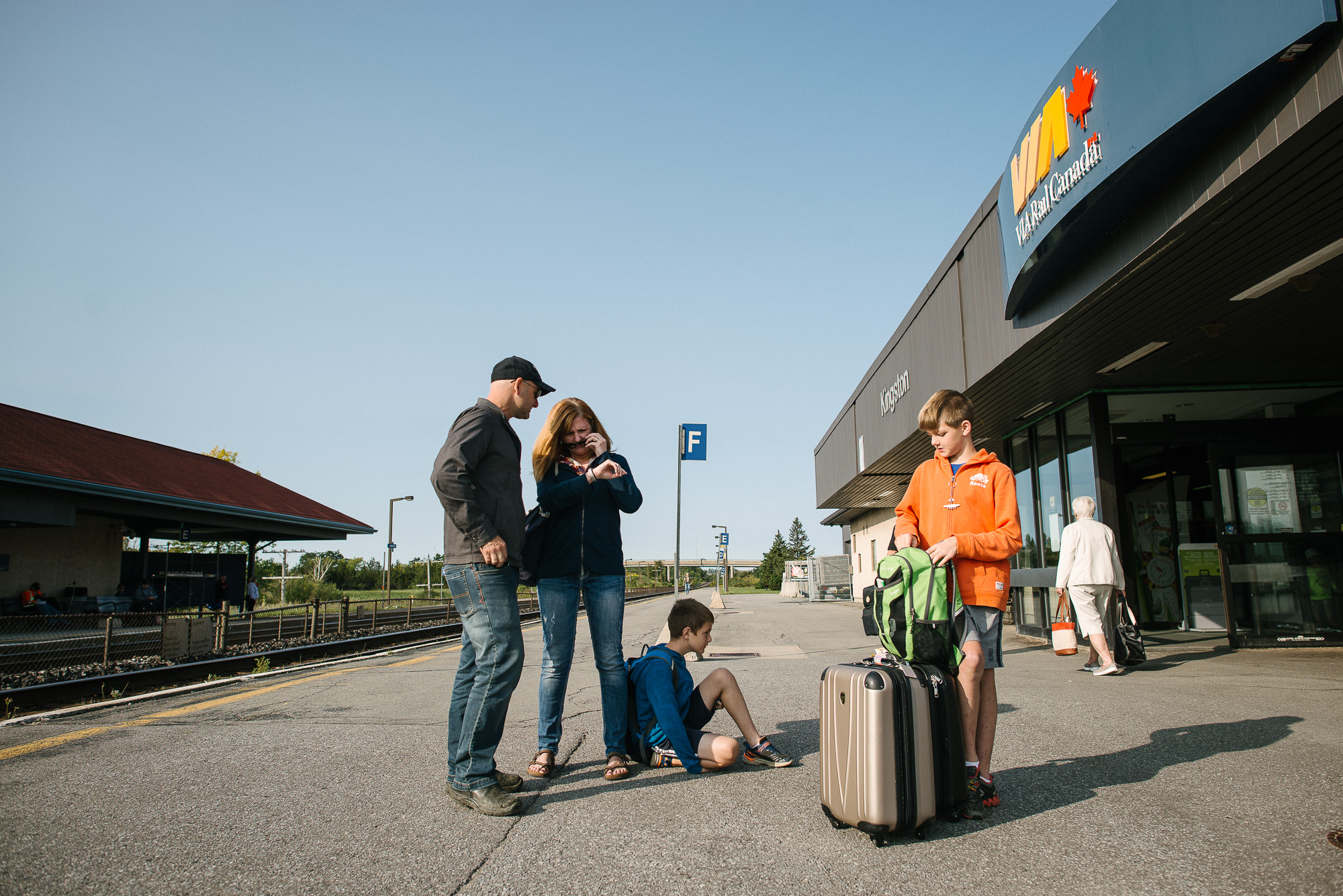
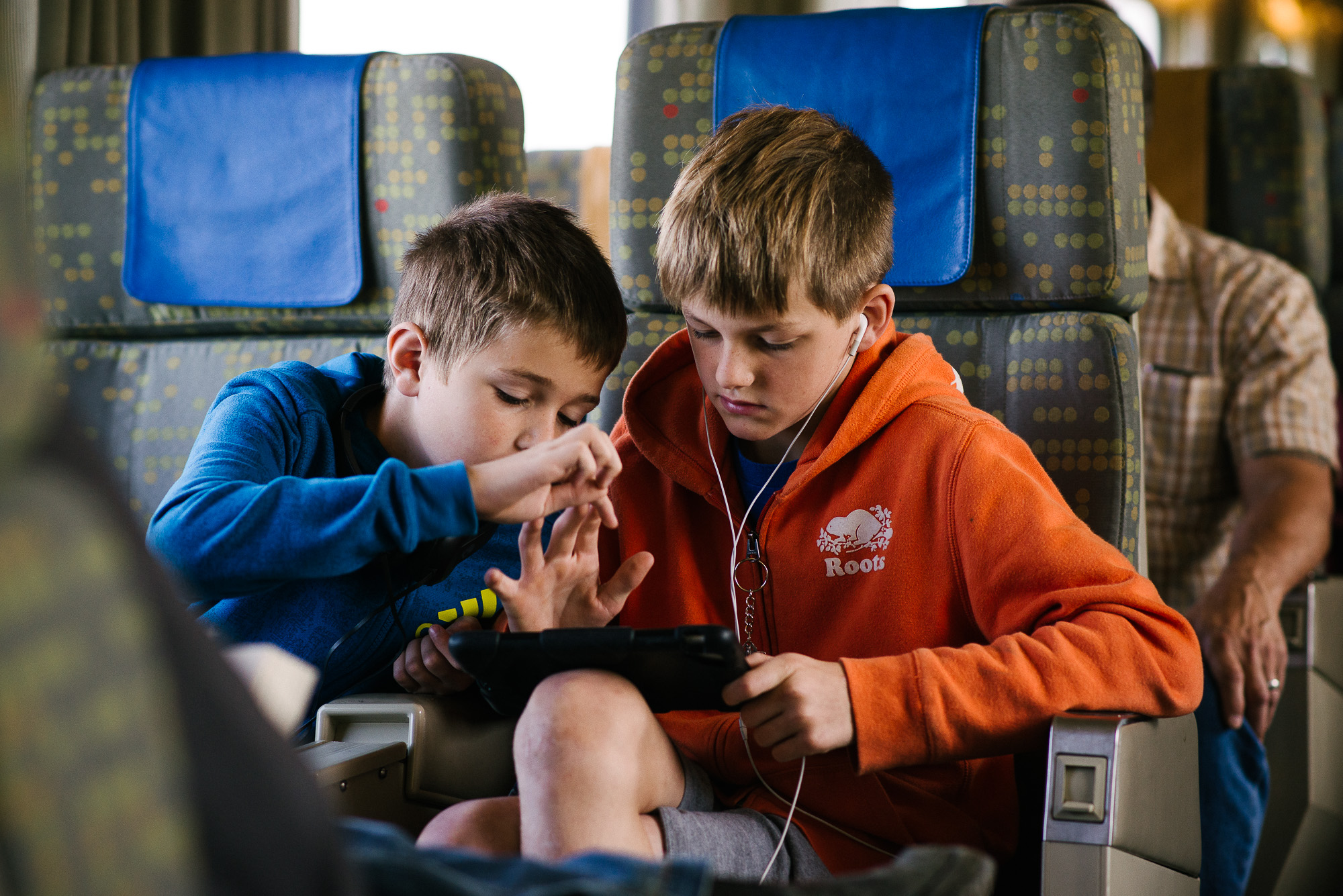
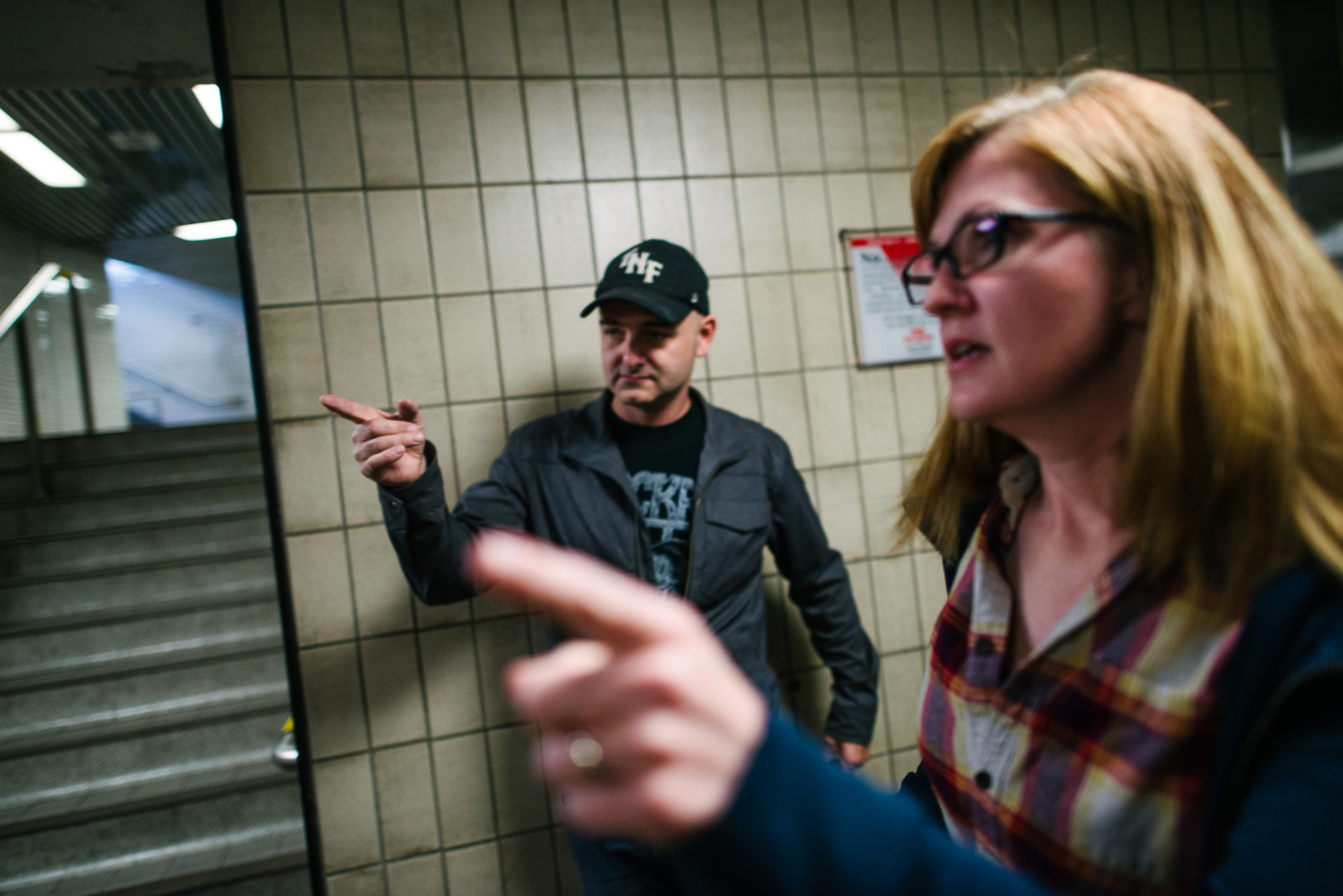

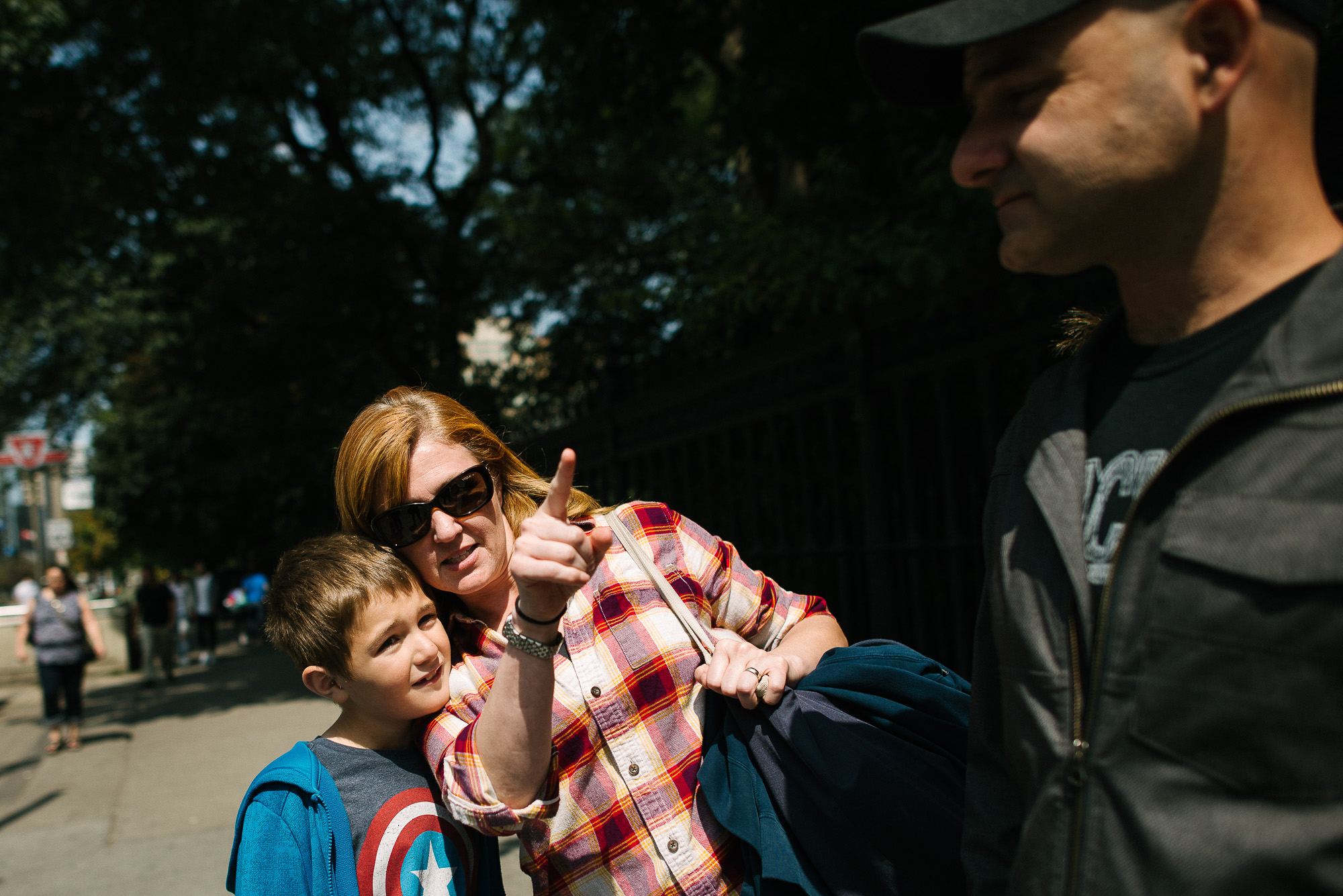
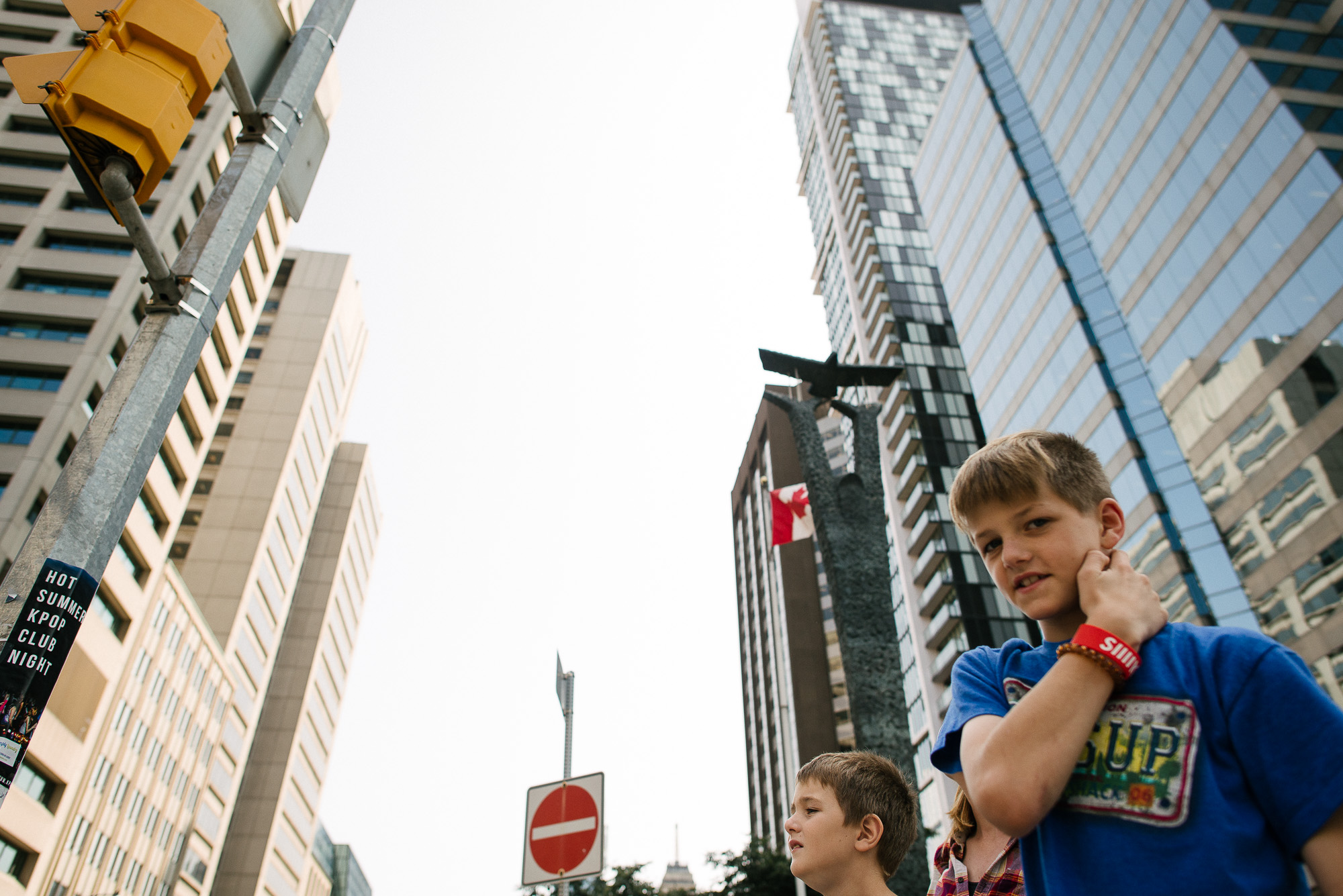
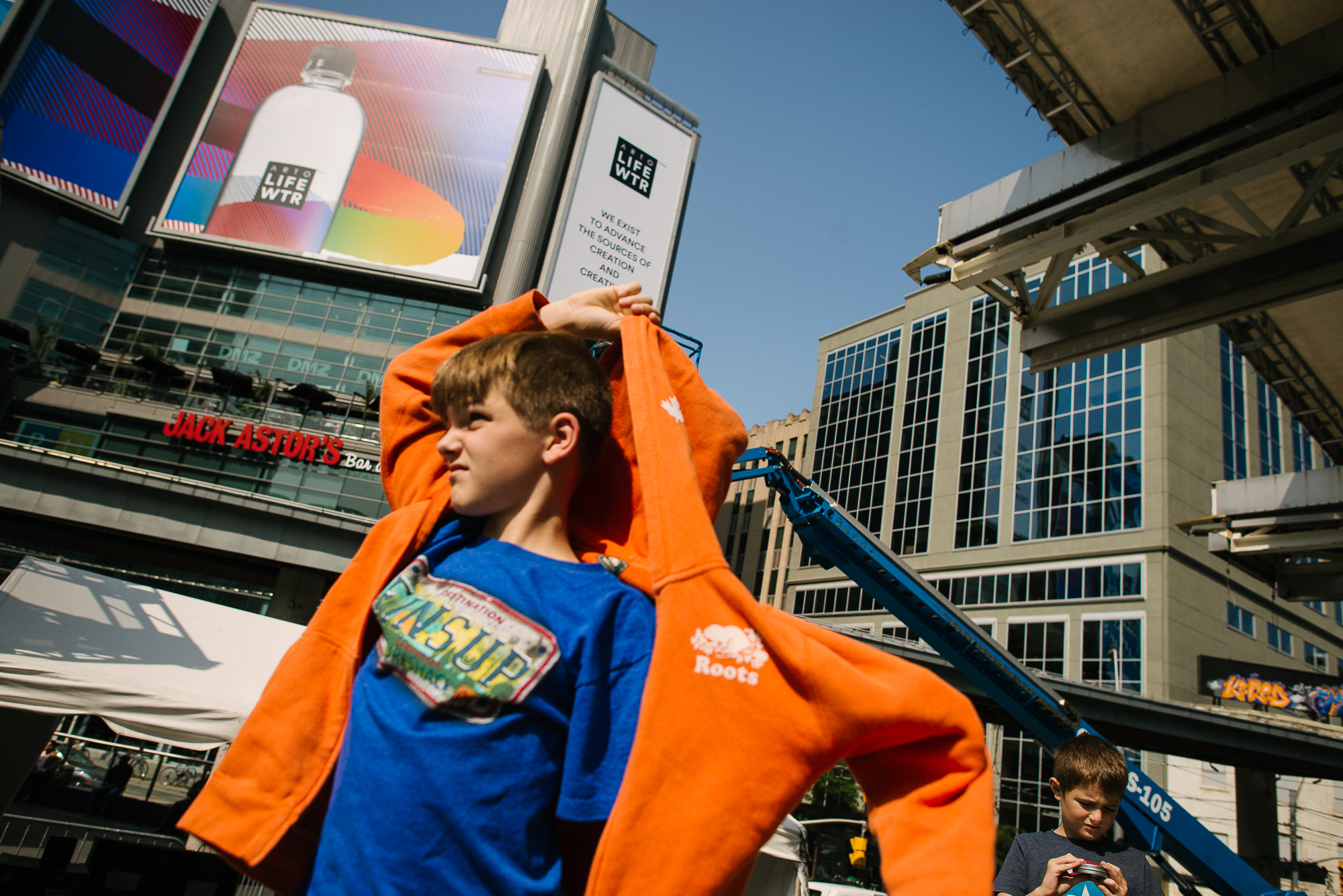
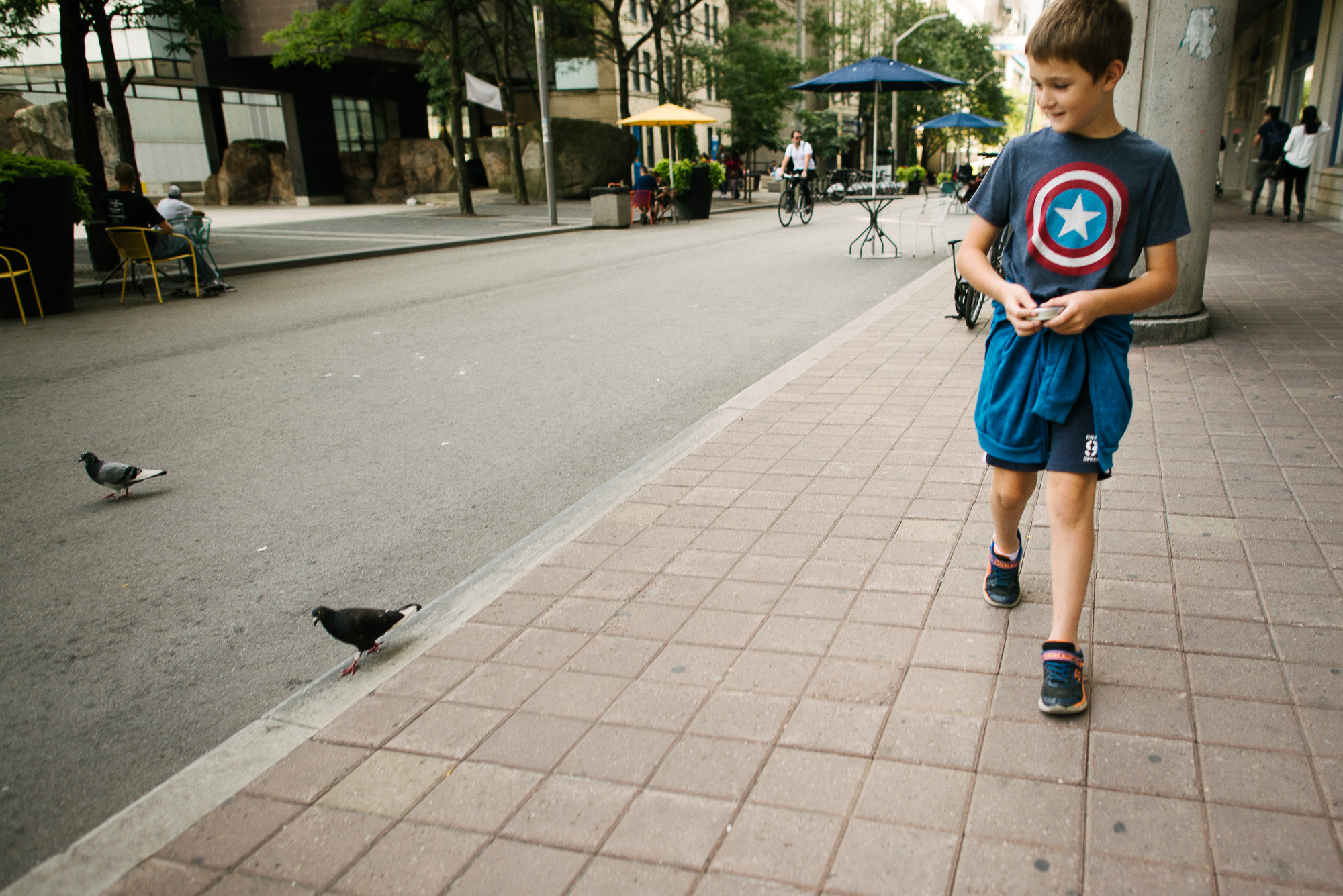
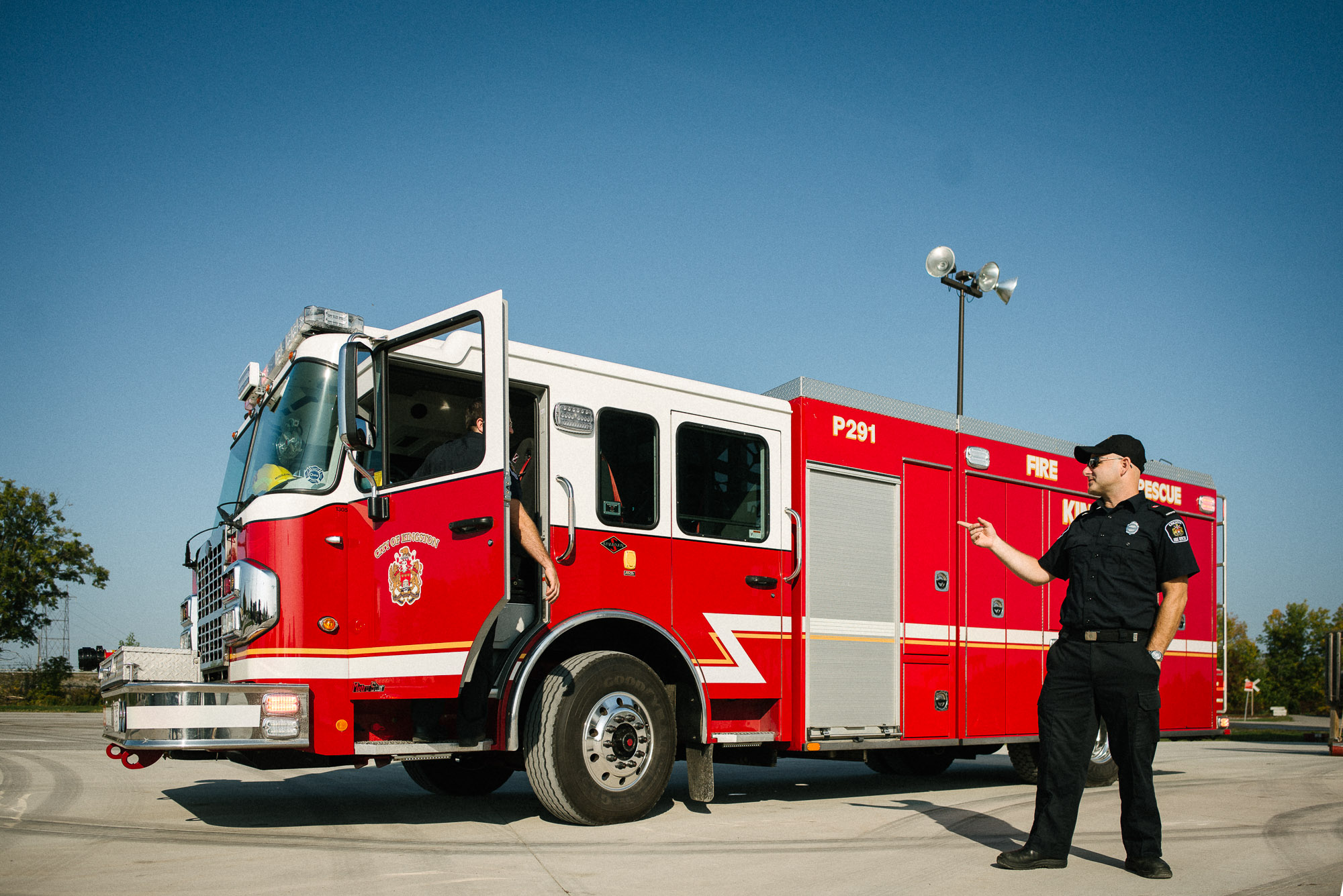
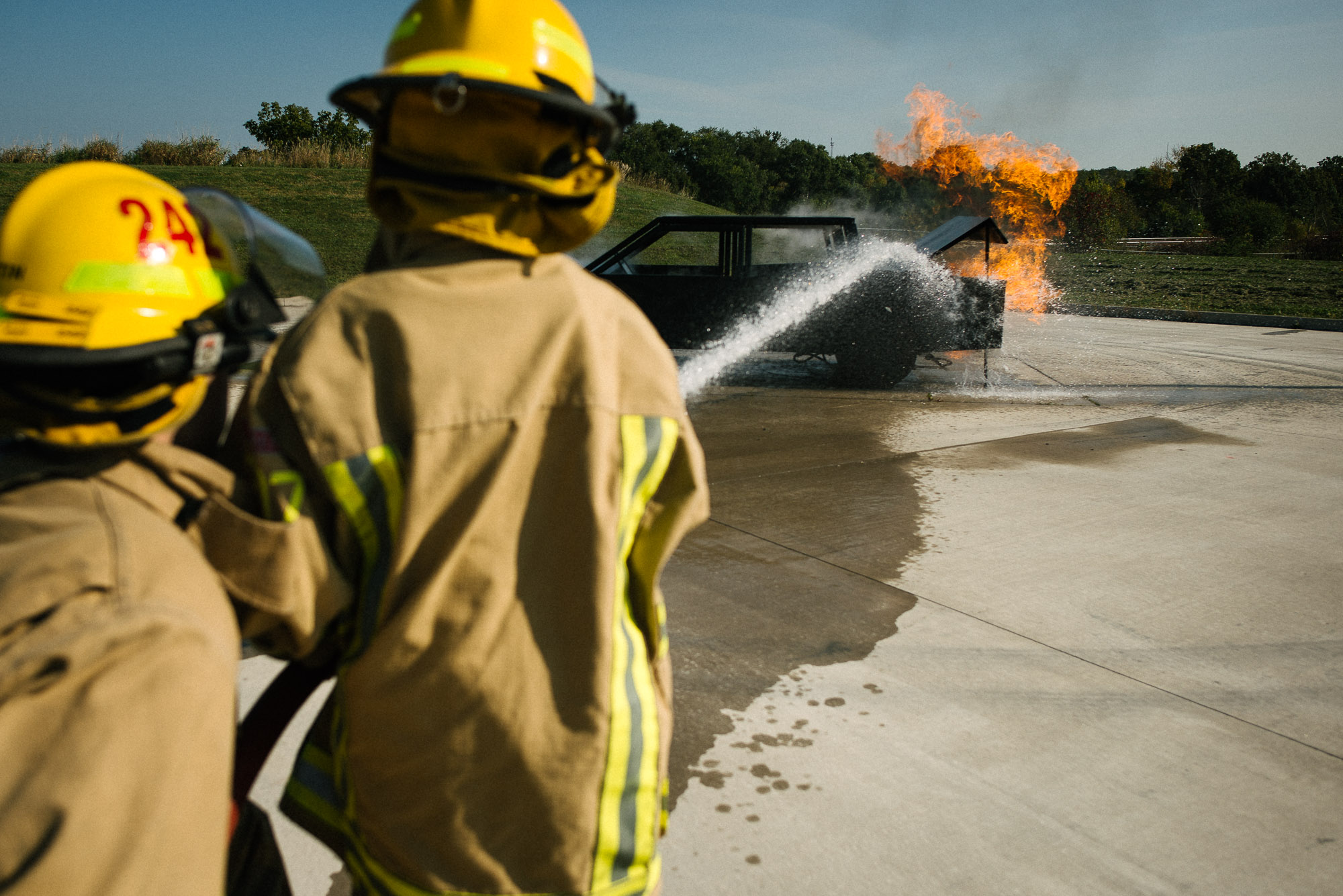
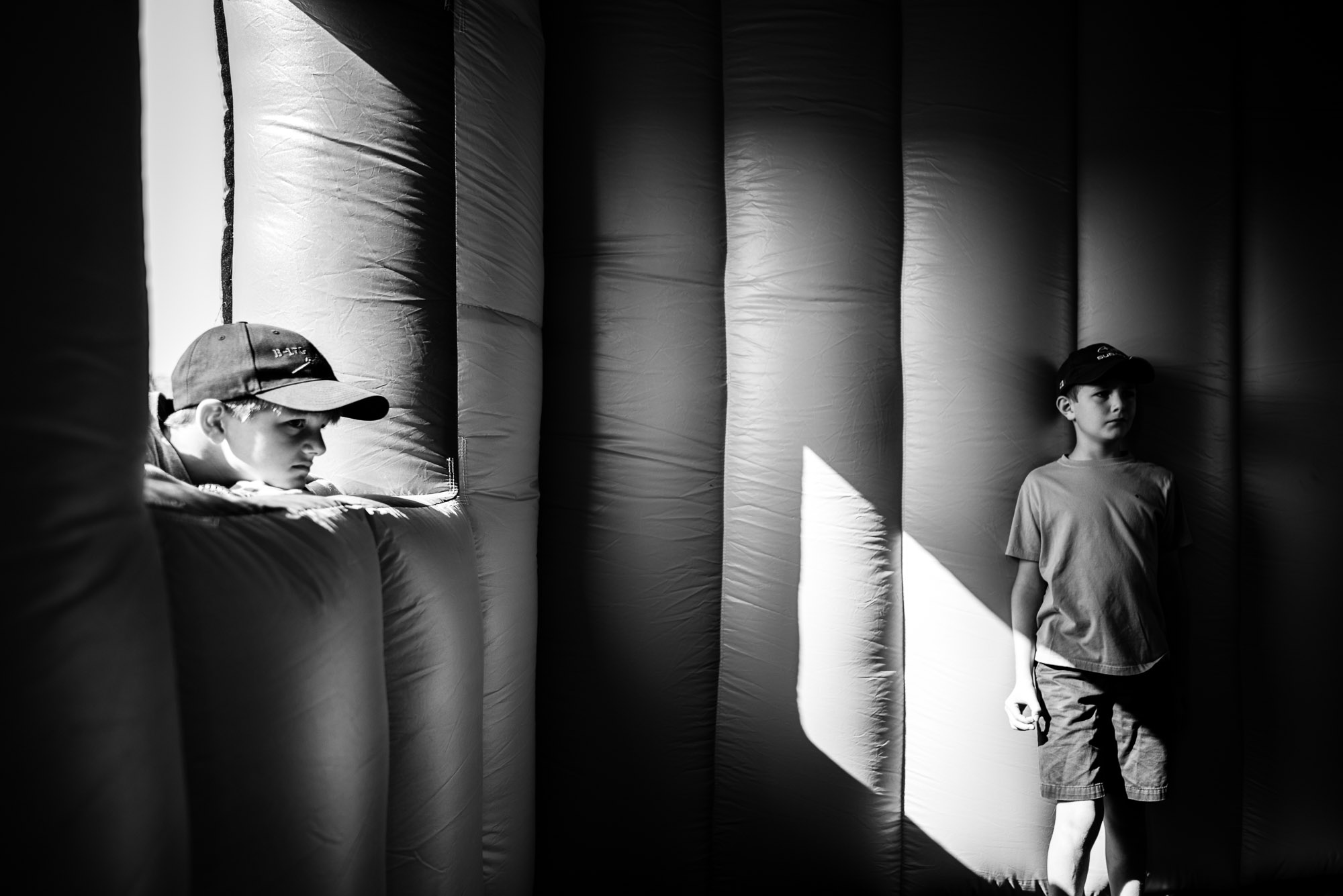
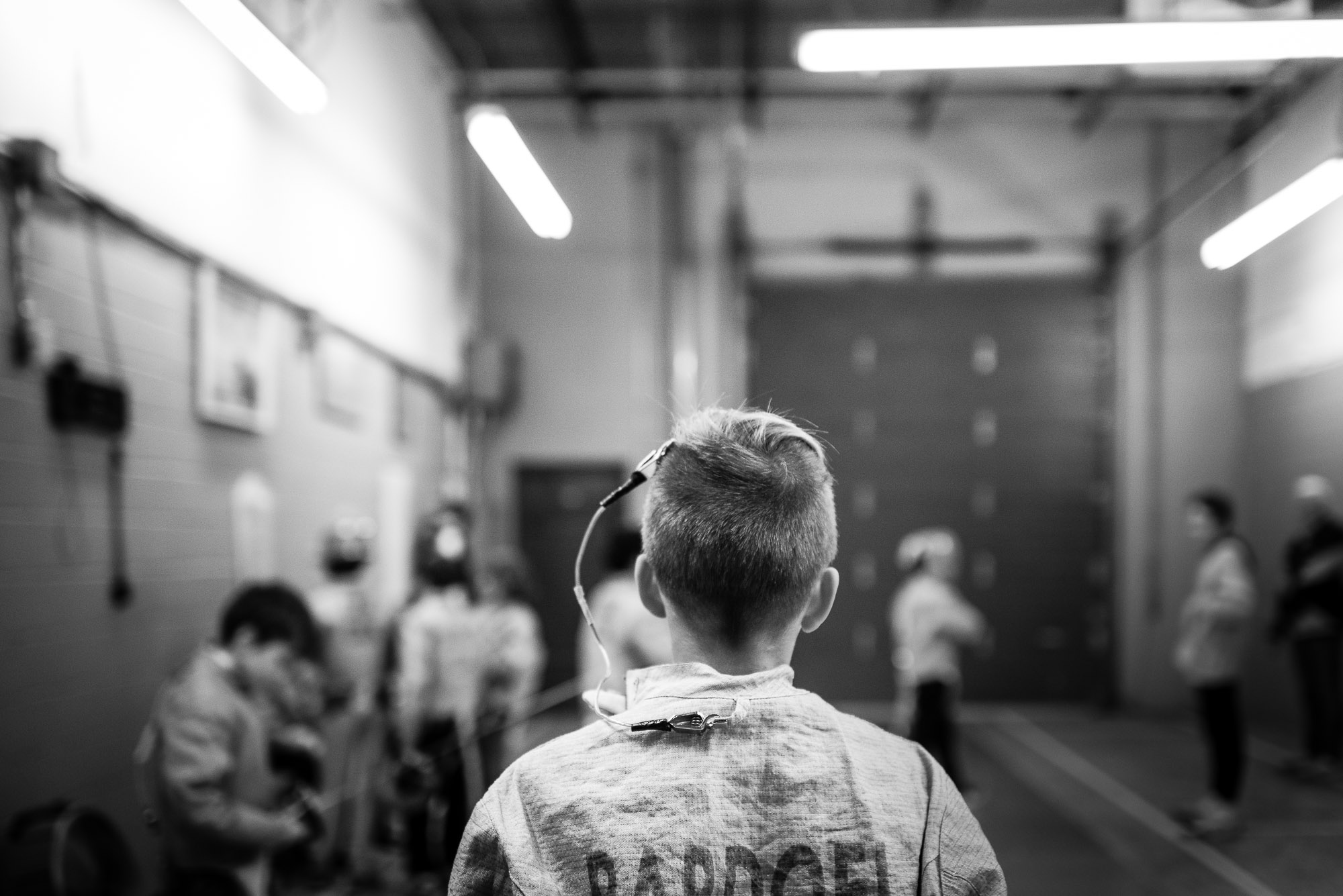

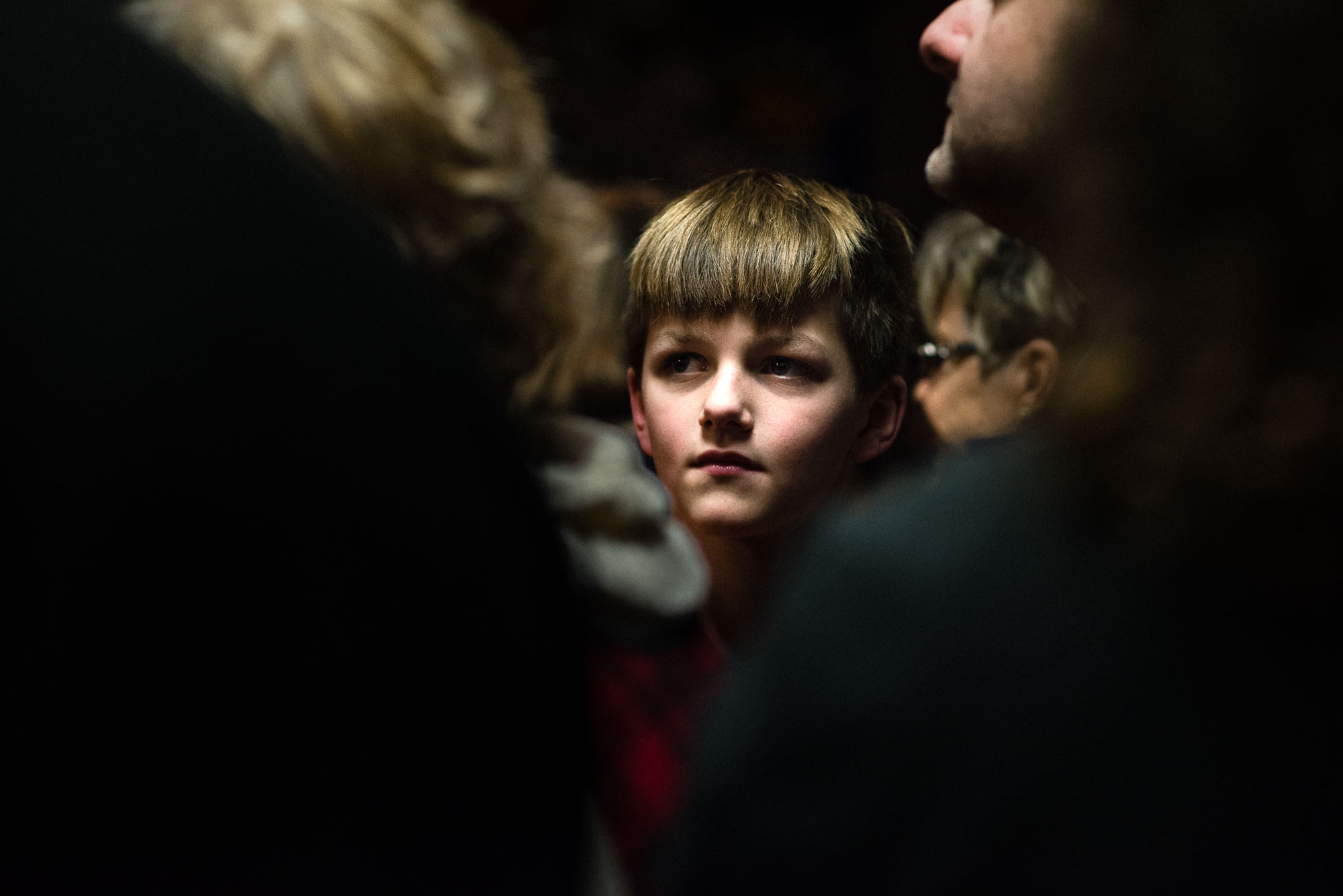
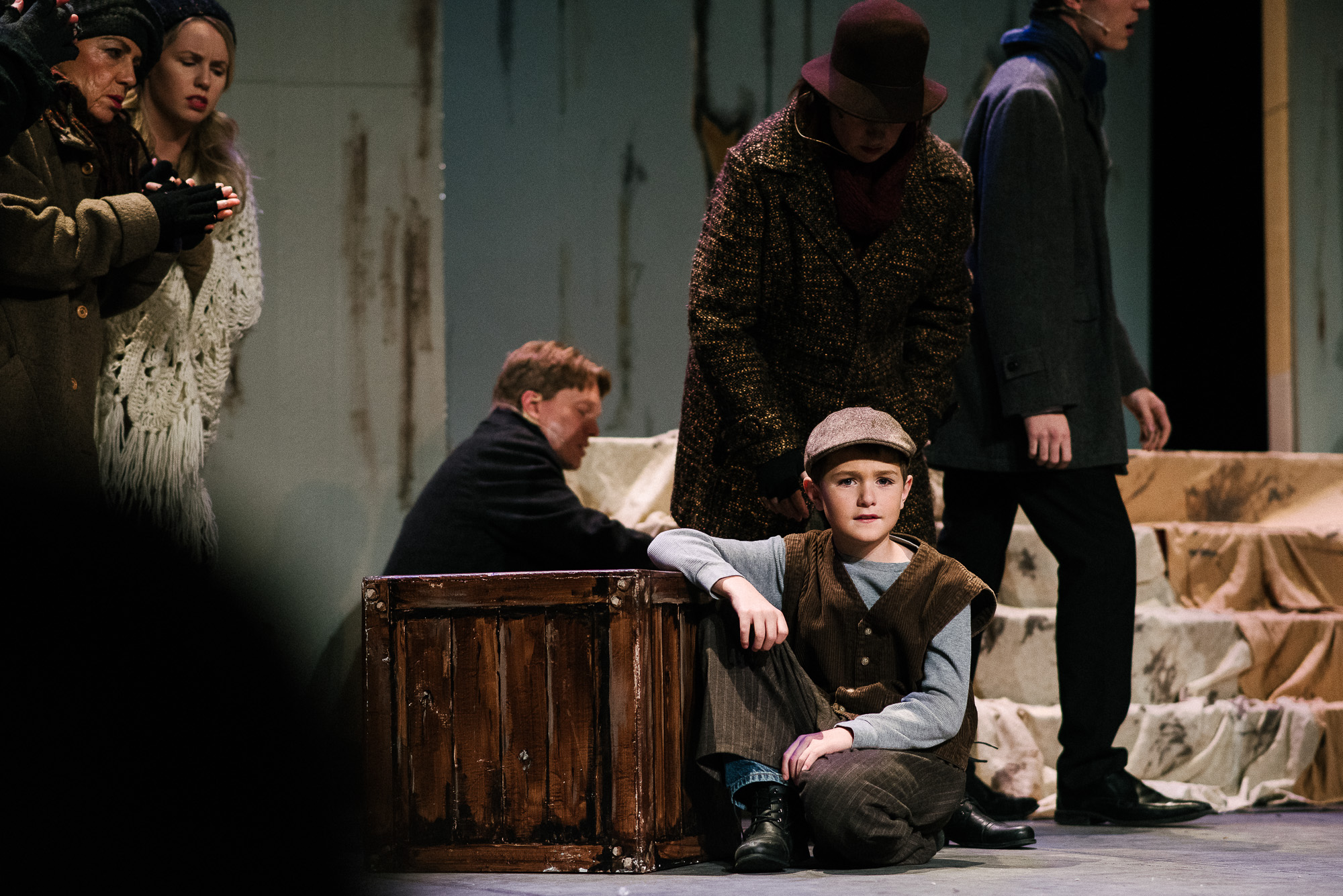
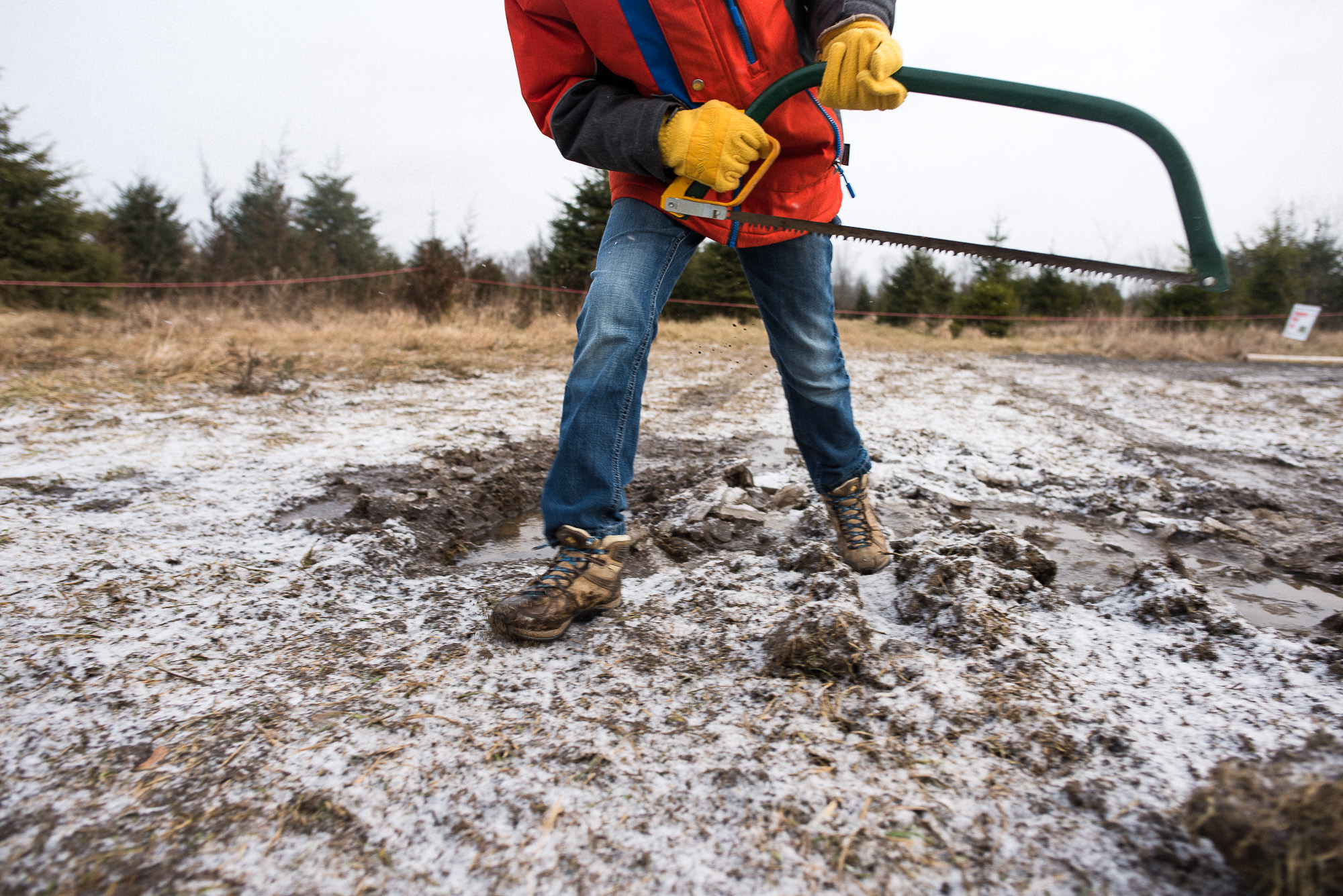


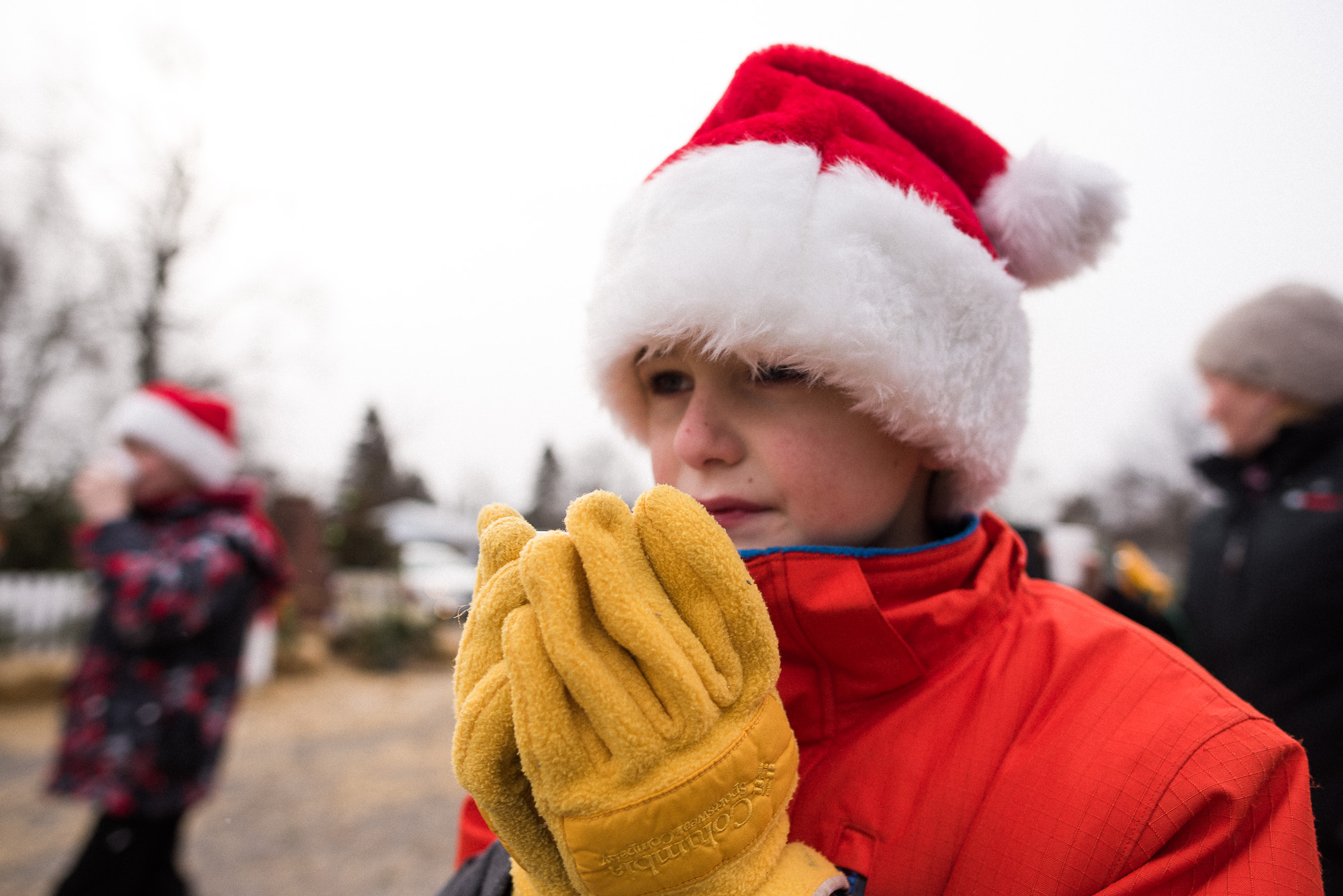

Thank you for reading all about my family documentary photography. I hope you have enjoyed my photographs. What would you like to do now?

